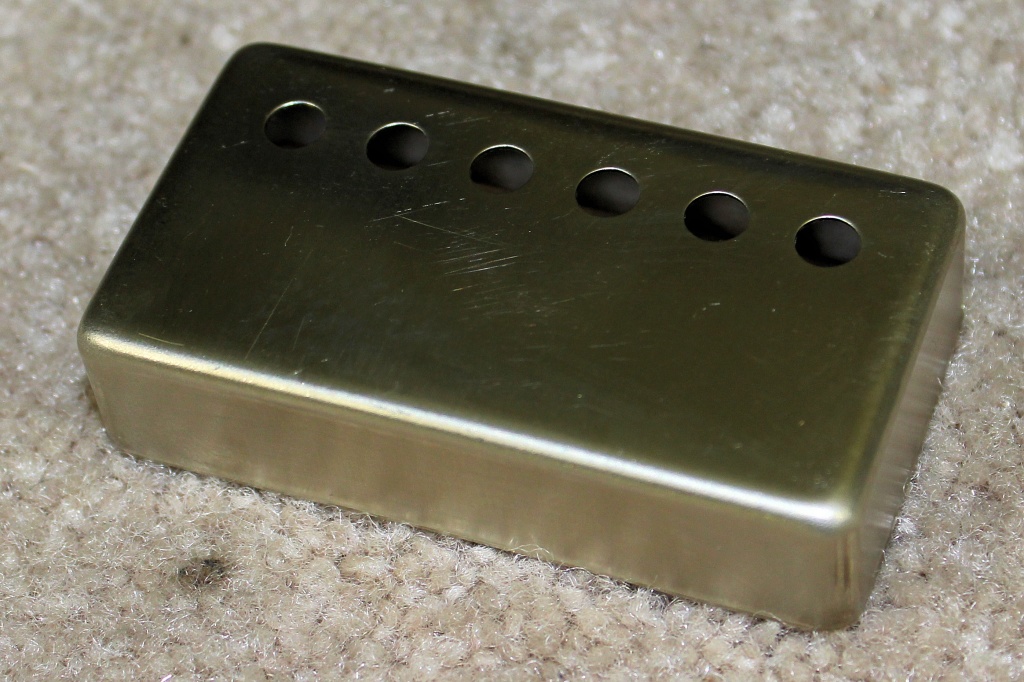 Most of the guitar pickup covers we sell at Philadelphia Luthier Tools & Supplies are available in Chrome, Nickel, Gold, Jet/Smoked Black Nickel, and Unplated Raw. The unplated pickup cover is the most popular we sell. It’s either because they are cool looking, inexpensive or maybe both? Besides being unplated, they are absolutely unfinished and haven’t had anything done to them. Because of this, they can arrive with minor scratches, scuffs and a little grease from the manufacturing process. If these are going to be plated by the manufacture, they will still need to be buffed to remove any defects prior to plating.
Most of the guitar pickup covers we sell at Philadelphia Luthier Tools & Supplies are available in Chrome, Nickel, Gold, Jet/Smoked Black Nickel, and Unplated Raw. The unplated pickup cover is the most popular we sell. It’s either because they are cool looking, inexpensive or maybe both? Besides being unplated, they are absolutely unfinished and haven’t had anything done to them. Because of this, they can arrive with minor scratches, scuffs and a little grease from the manufacturing process. If these are going to be plated by the manufacture, they will still need to be buffed to remove any defects prior to plating.
A very nice feature of the unplated pickup covers is that their look can easily be changed with very little work. You could go with the raw look, as shown above.
Or maybe the brushed metal look: 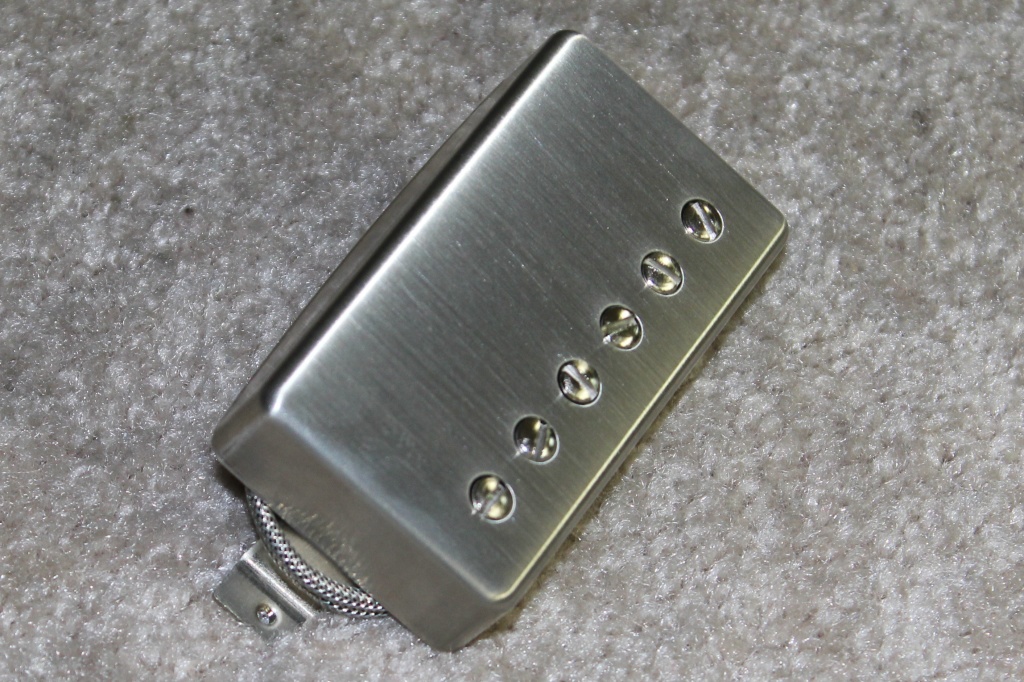 A hand polished look:
A hand polished look:
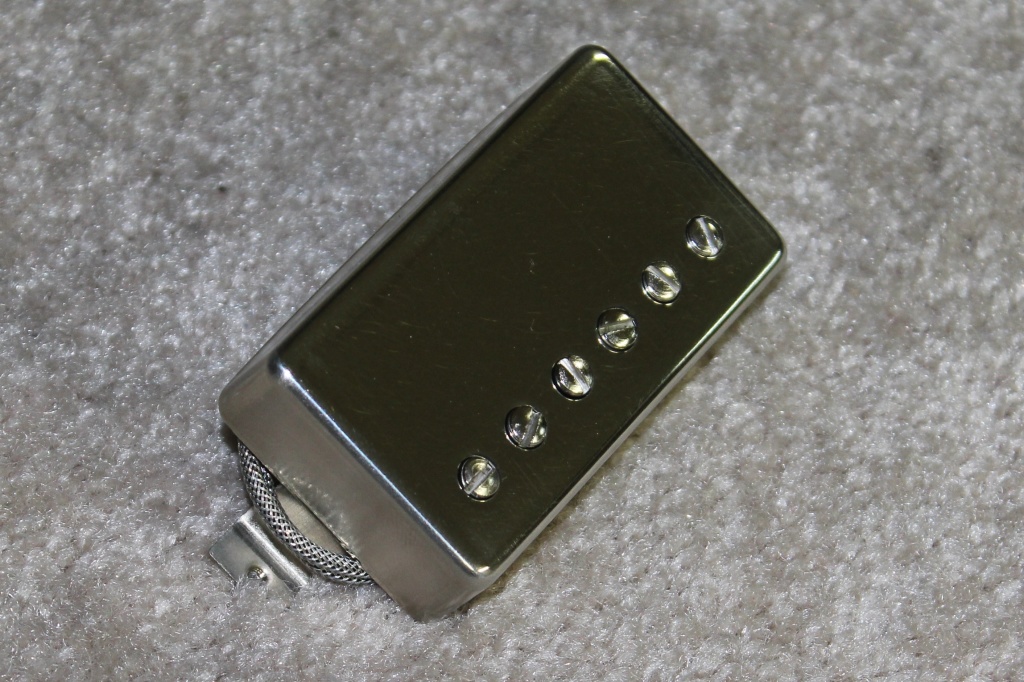 or the aged look with string line:
or the aged look with string line:
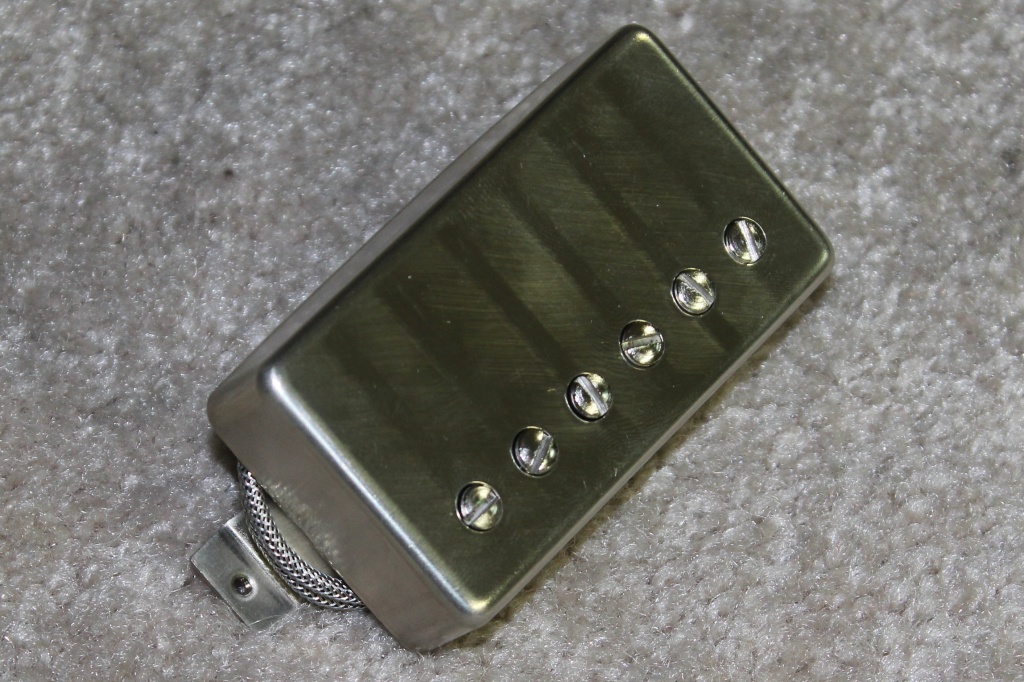 Each one of these looks can easily be achieved with less than 30 minutes of work.
Each one of these looks can easily be achieved with less than 30 minutes of work.
Lets start with the easiest one to make…the brushed metal look. For this you will need a sheet of Scotch-Brite (or equivalent) abrasive pad. I like to use the 6″ x 9″ size since the larger pad will make it easier to achieve straighter brush lines. You probably won’t find the 6″ x 9″ pad at your local hardware store. Your best place to find this size is at an industrial supply house like Grainger, MSC, MacMaster-Carr, etc or just do a Google search. They are usually less than $2.00 each Get the ultra fine grade and a couple of other coarser grades. Each one will give a slightly different look to the pickup cover.
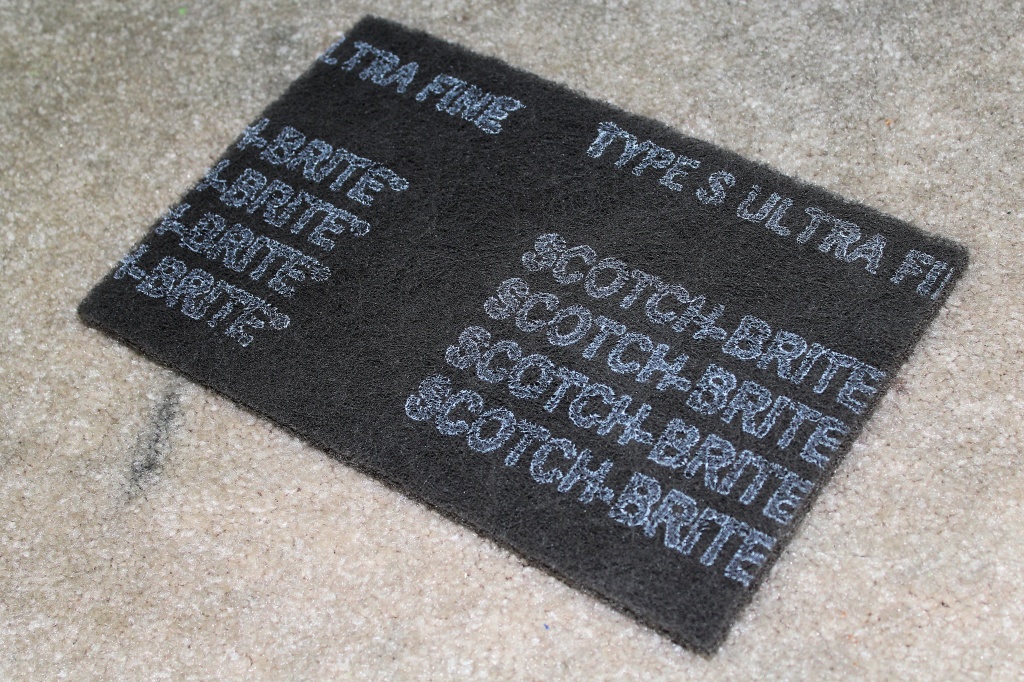 PLEASE READ: We recommend you wear protective leather gloves while working with unplated pickup covers. The bottom edge can be very sharp and can easily cut open your finger. Filing the bottom edge smooth before you start work is also an option.
PLEASE READ: We recommend you wear protective leather gloves while working with unplated pickup covers. The bottom edge can be very sharp and can easily cut open your finger. Filing the bottom edge smooth before you start work is also an option.
First, clean off any grease from the unplated pickup cover with a paper towel or rag. Place the Scotch-Brite pad on your work bench directly in front of you. Use one hand to keep the pad from moving and the other to slide the pickup cover, face down, in long straight lines. Do this a few times while taking a look at your work after each pass. It usually only take 2-3 pass to get a nice uniform look. You might find it easier to make a straight line by pulling the pickup cover towards you. You will have to experiment to find out what will work best for you.
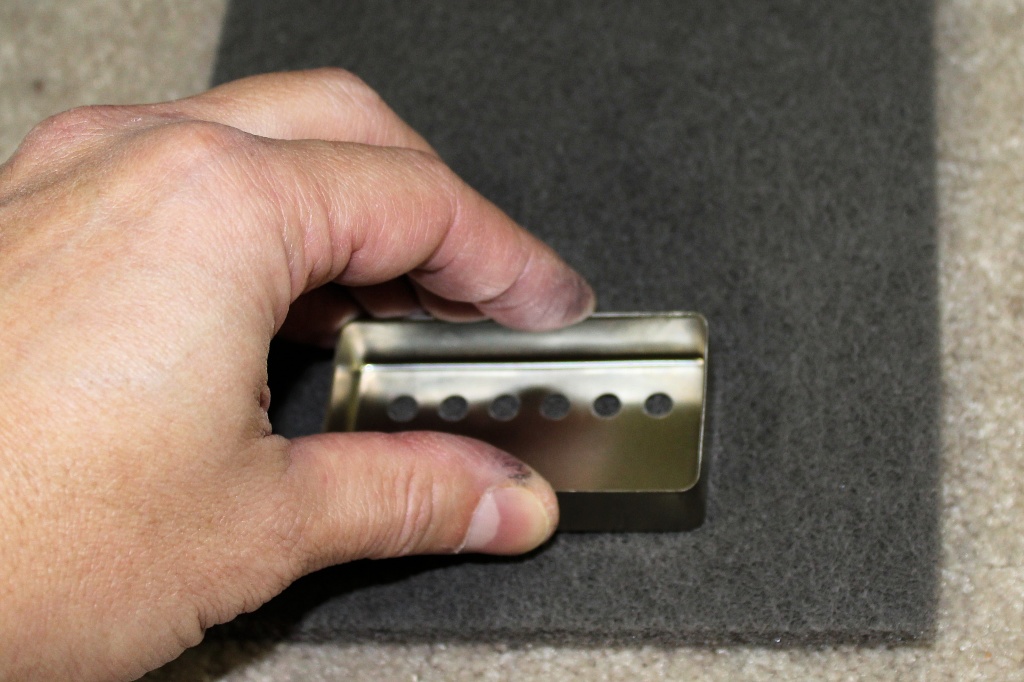 You can do the same thing to the sides once the front is done. Make sure to follow the direction of the lines on the front to make a uniform look.
You can do the same thing to the sides once the front is done. Make sure to follow the direction of the lines on the front to make a uniform look.
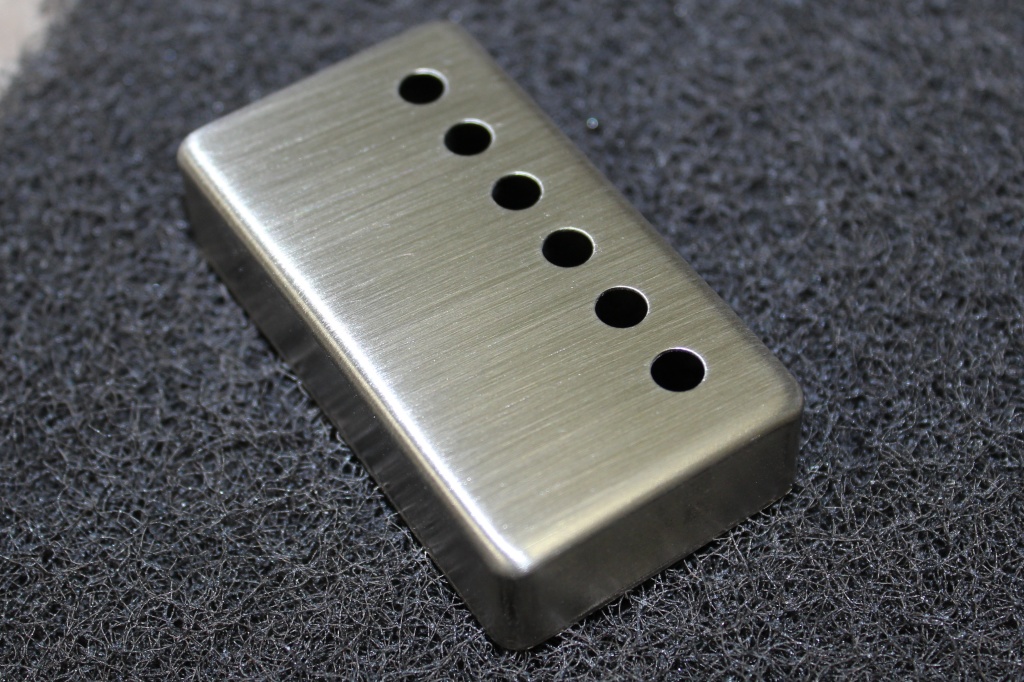 Be sure to check back next week as I will show you an easy way to polish a non-plated pickup cover without using any power tools. We will follow that with how to make faux string lines for the aged pickup look
Be sure to check back next week as I will show you an easy way to polish a non-plated pickup cover without using any power tools. We will follow that with how to make faux string lines for the aged pickup look
If you have any questions you can send us an email at support.
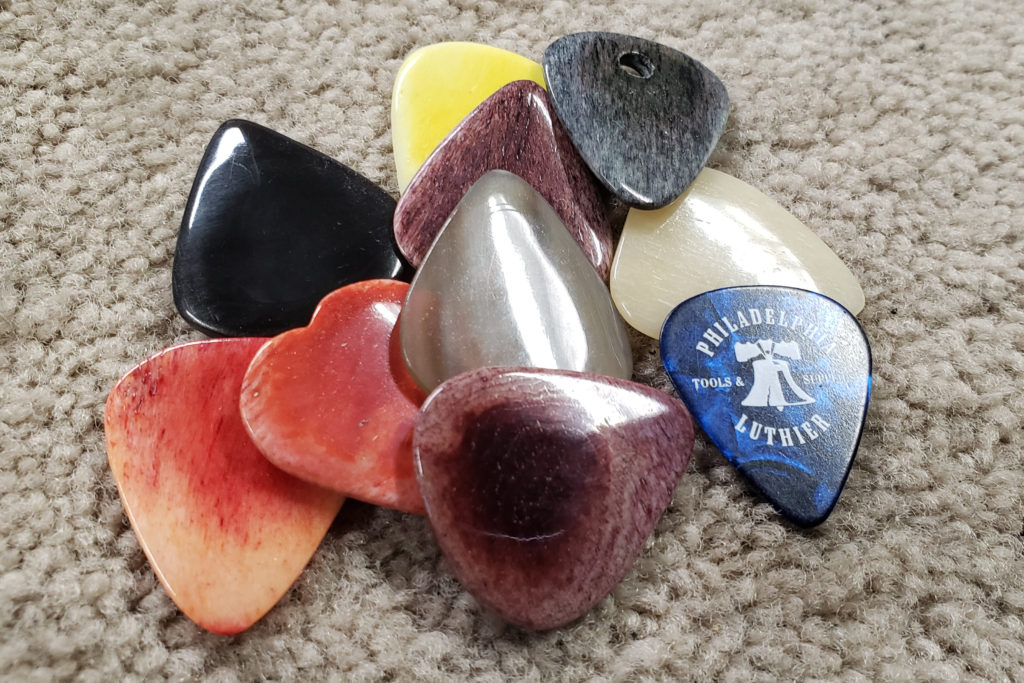
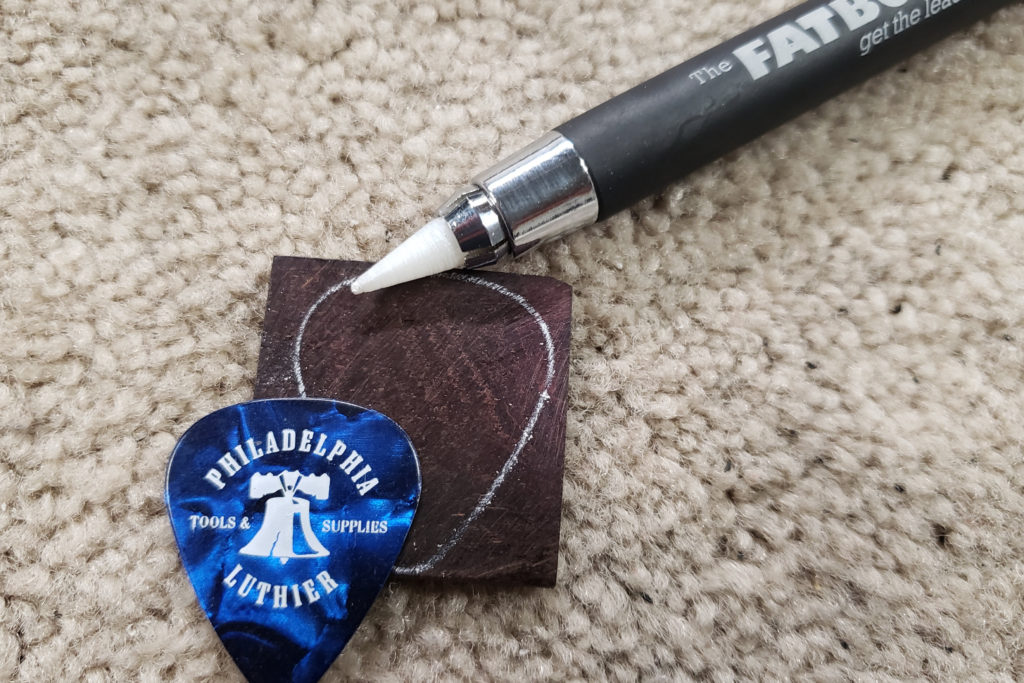
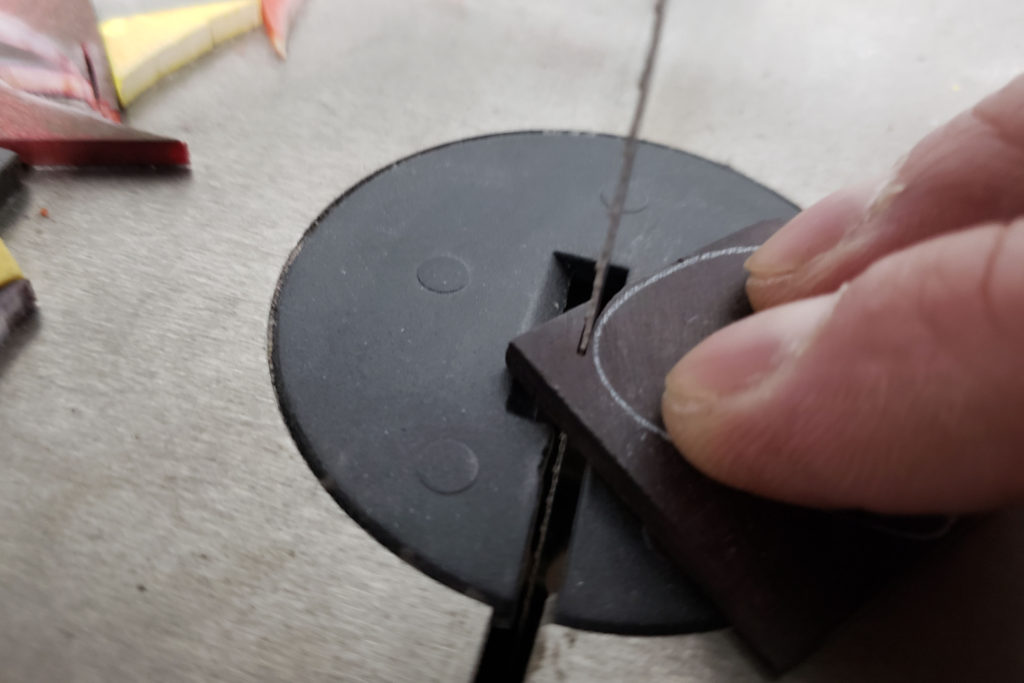
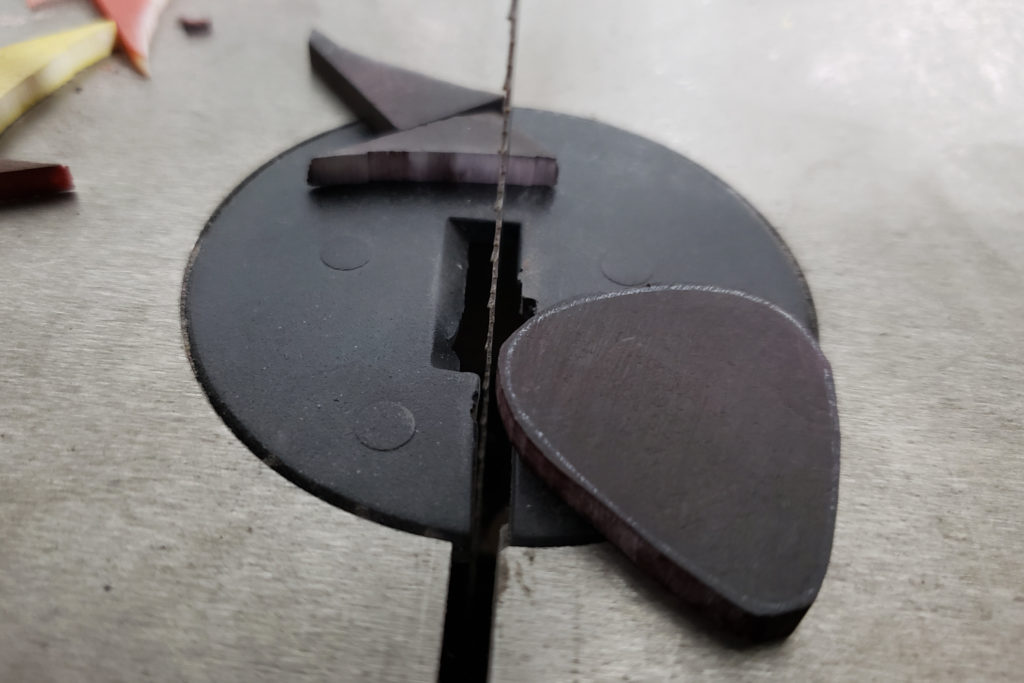
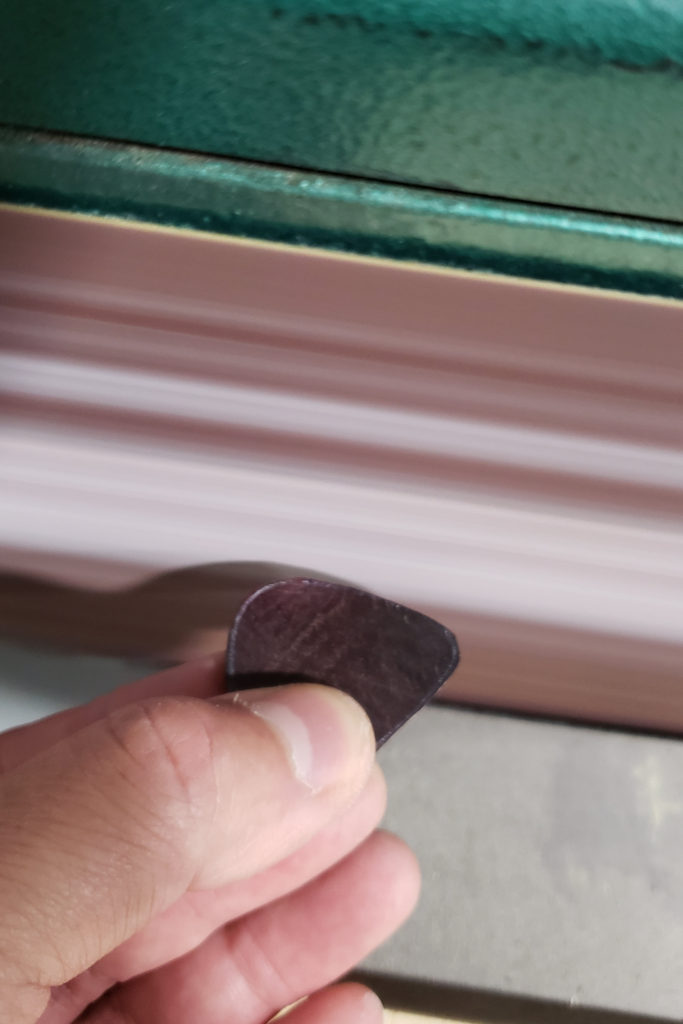
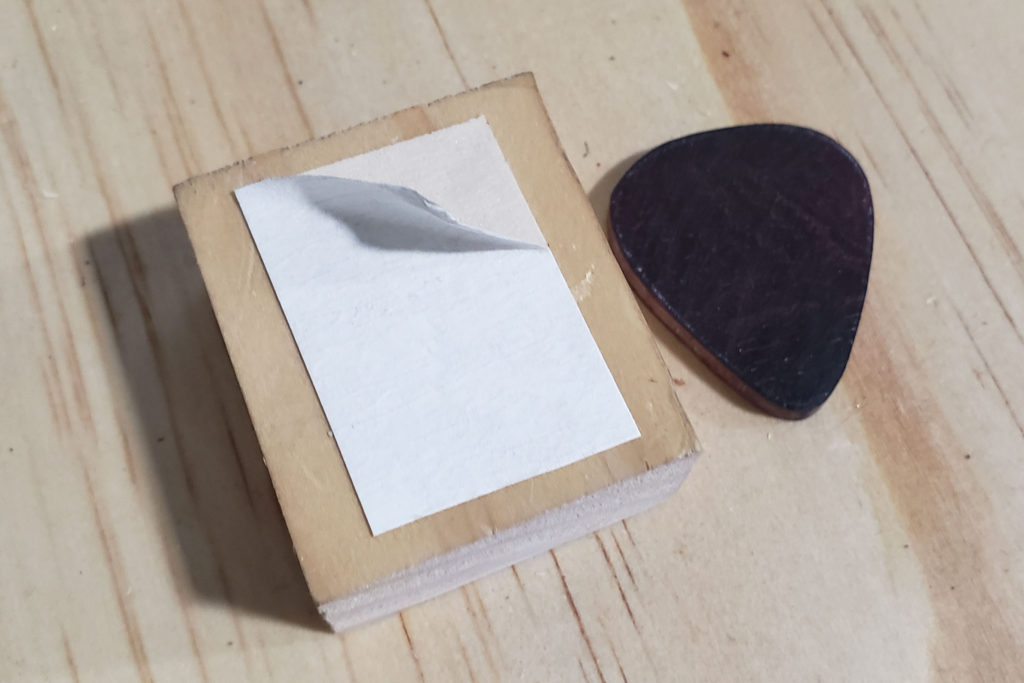
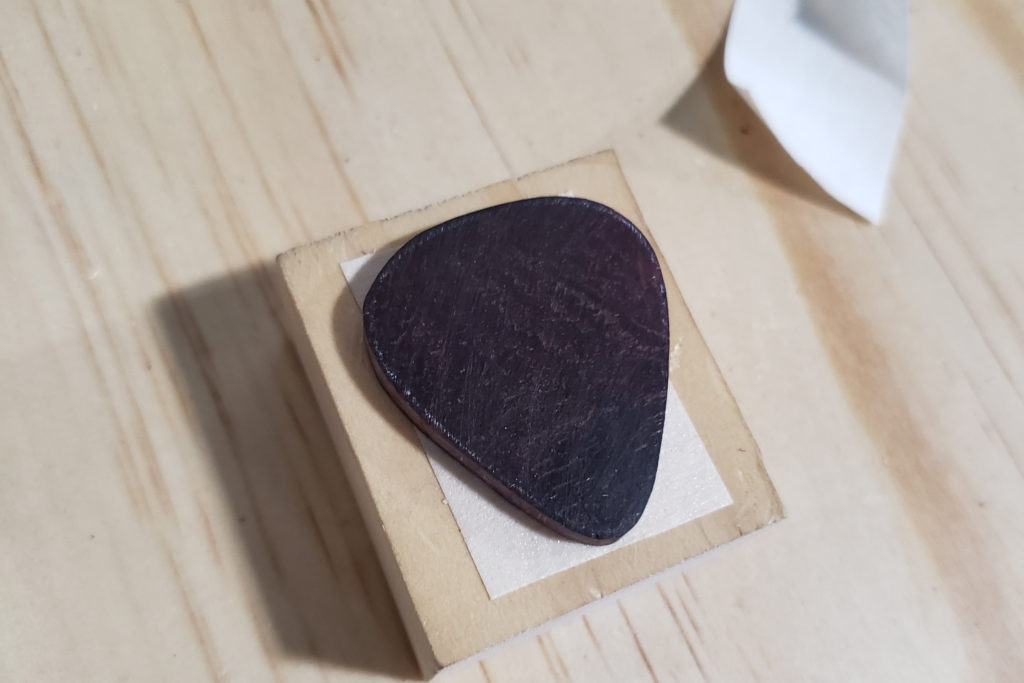
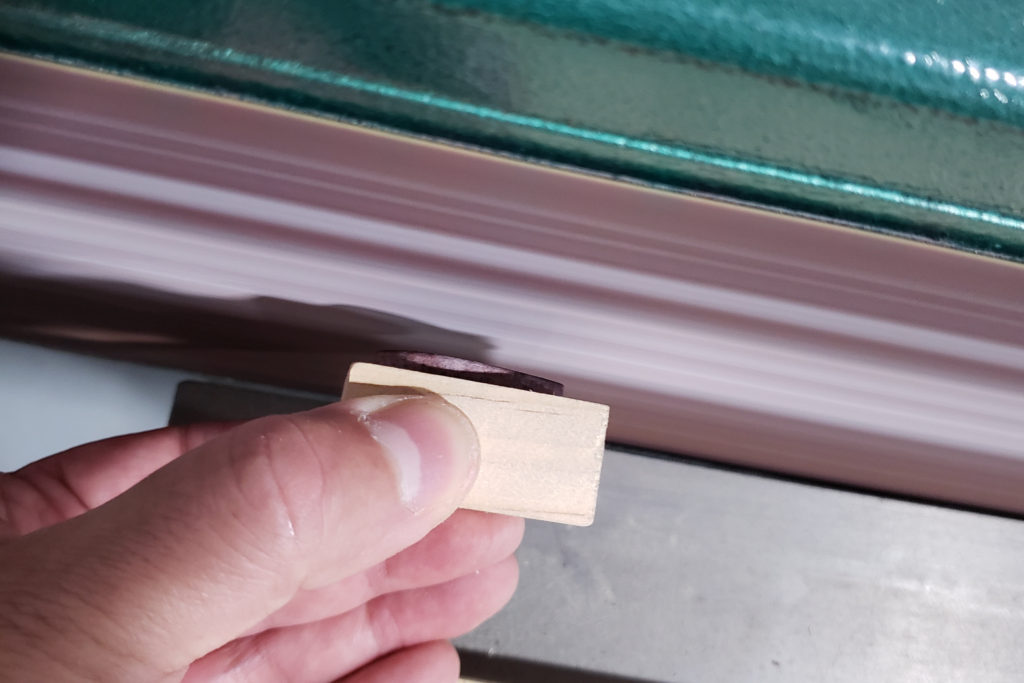
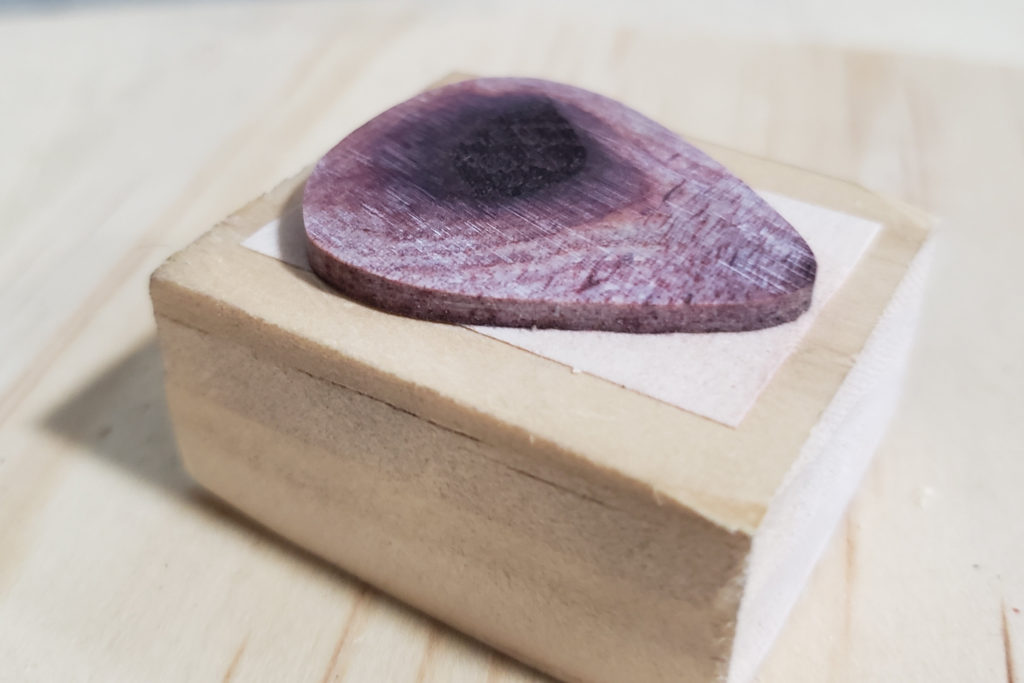
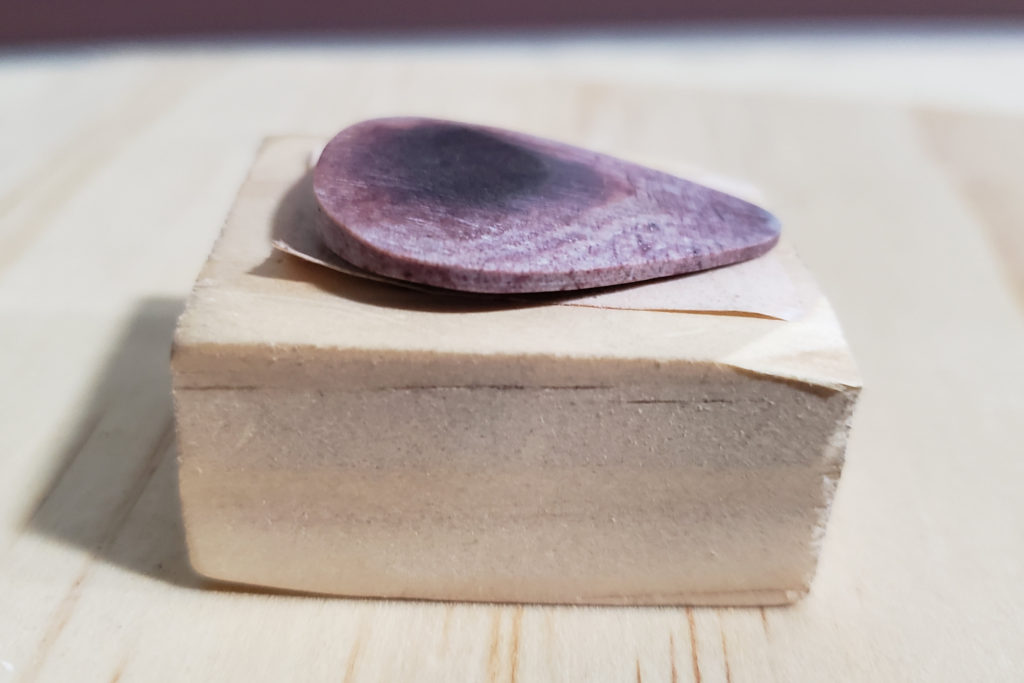
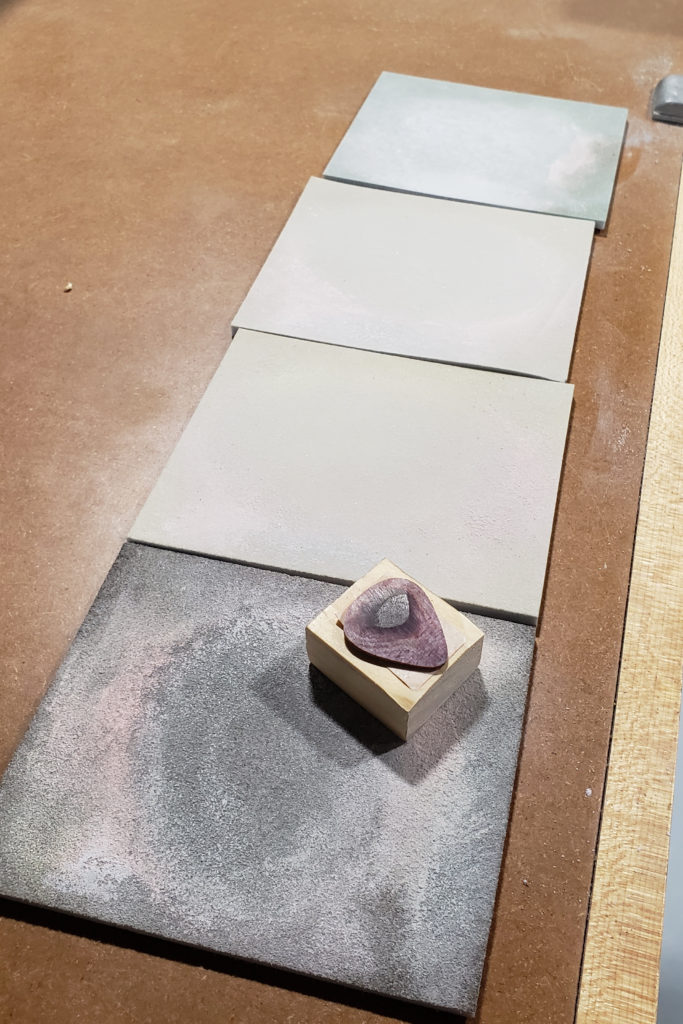
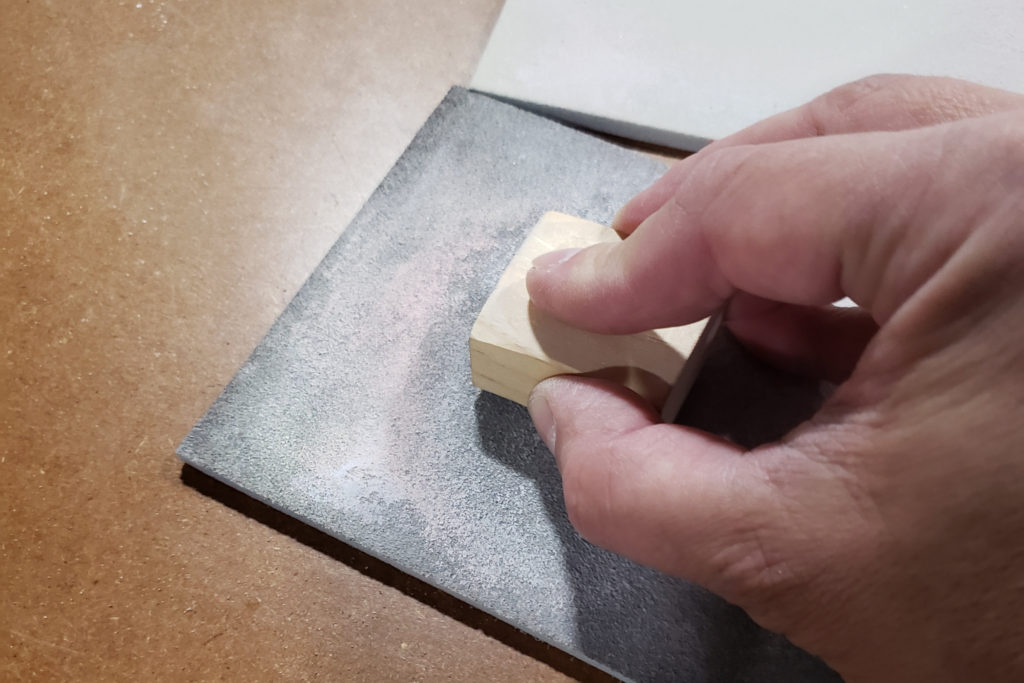
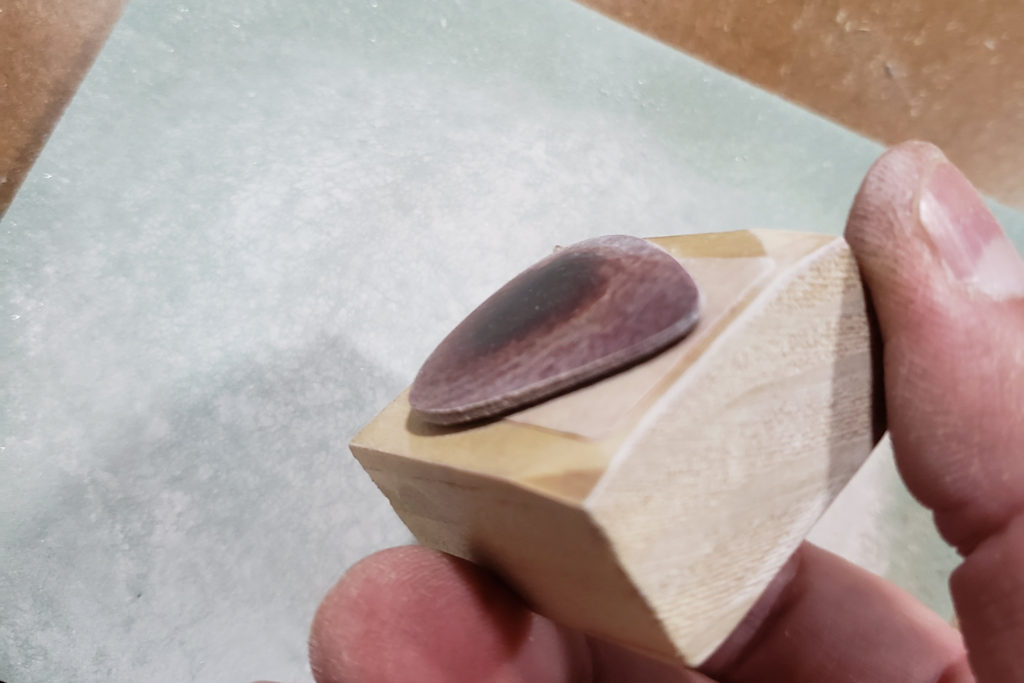
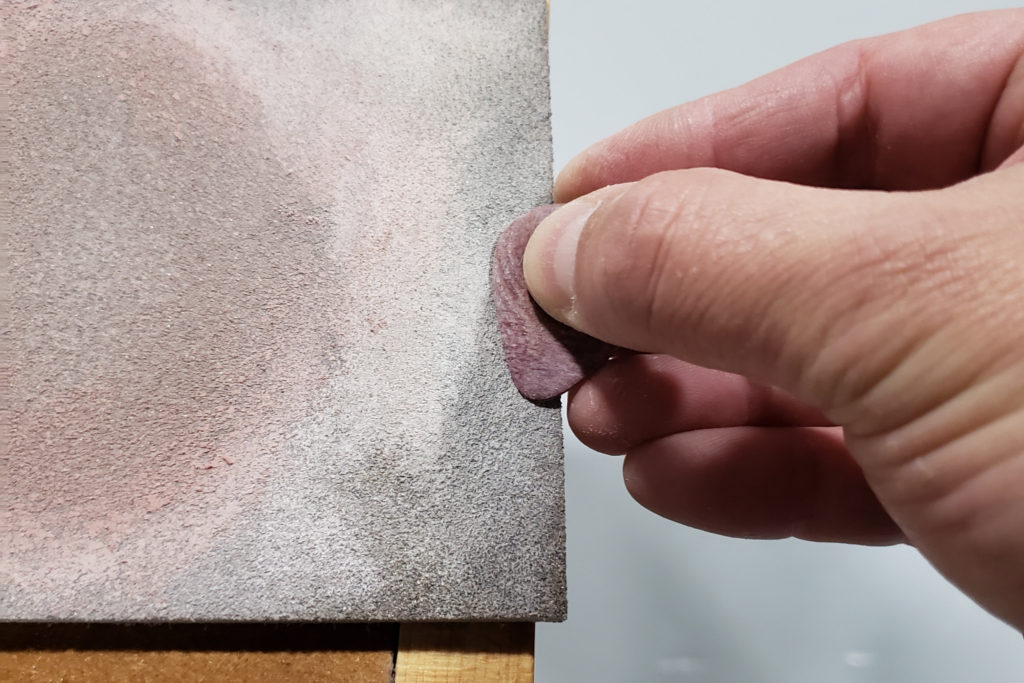
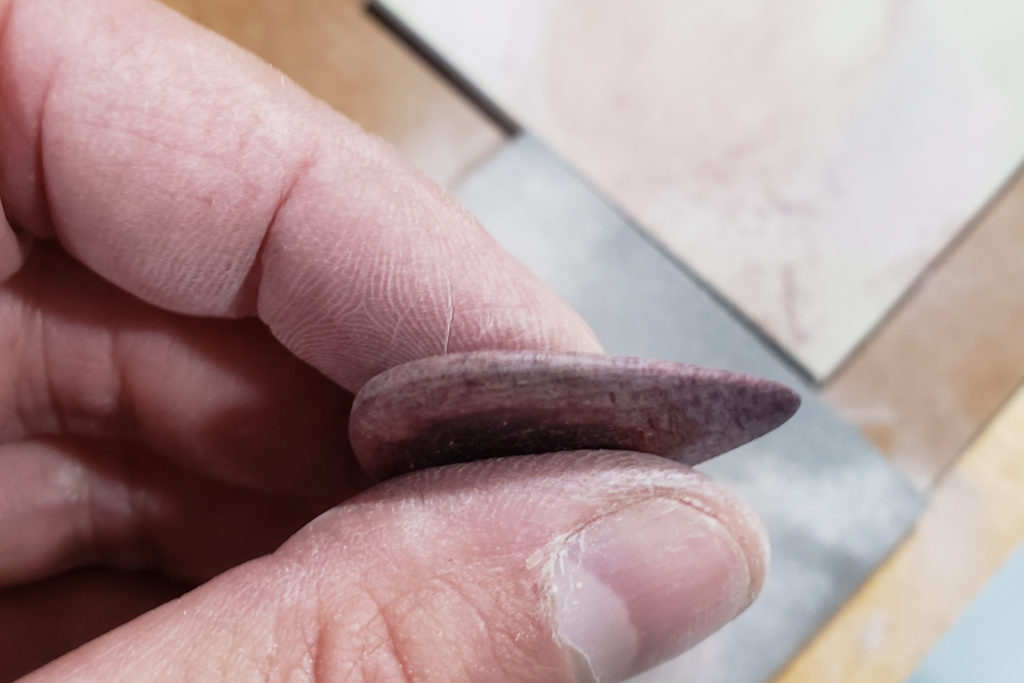
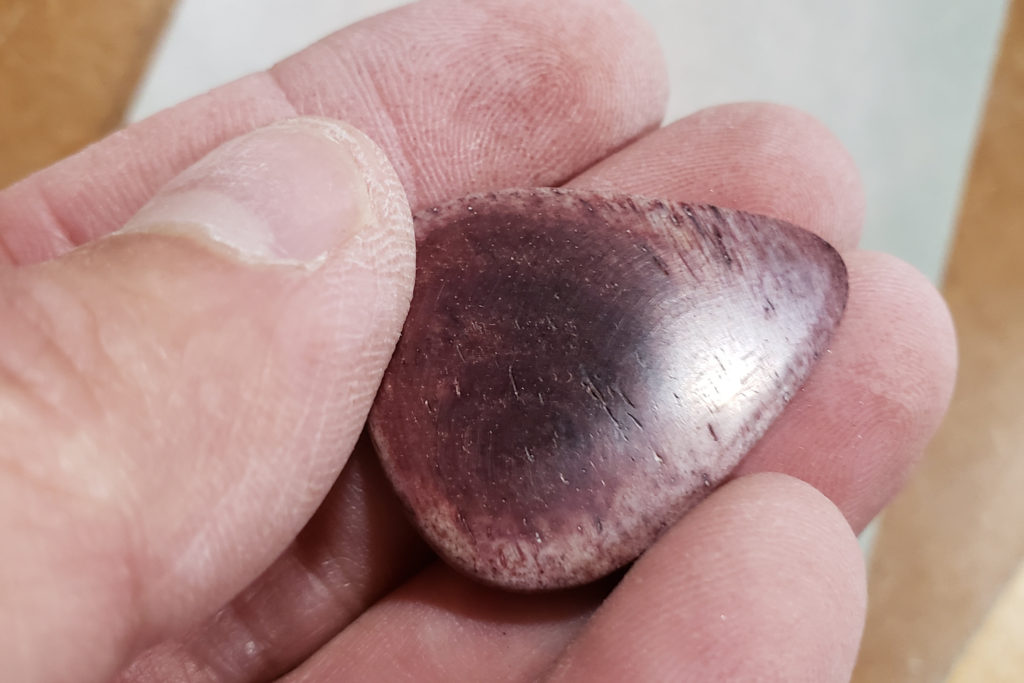
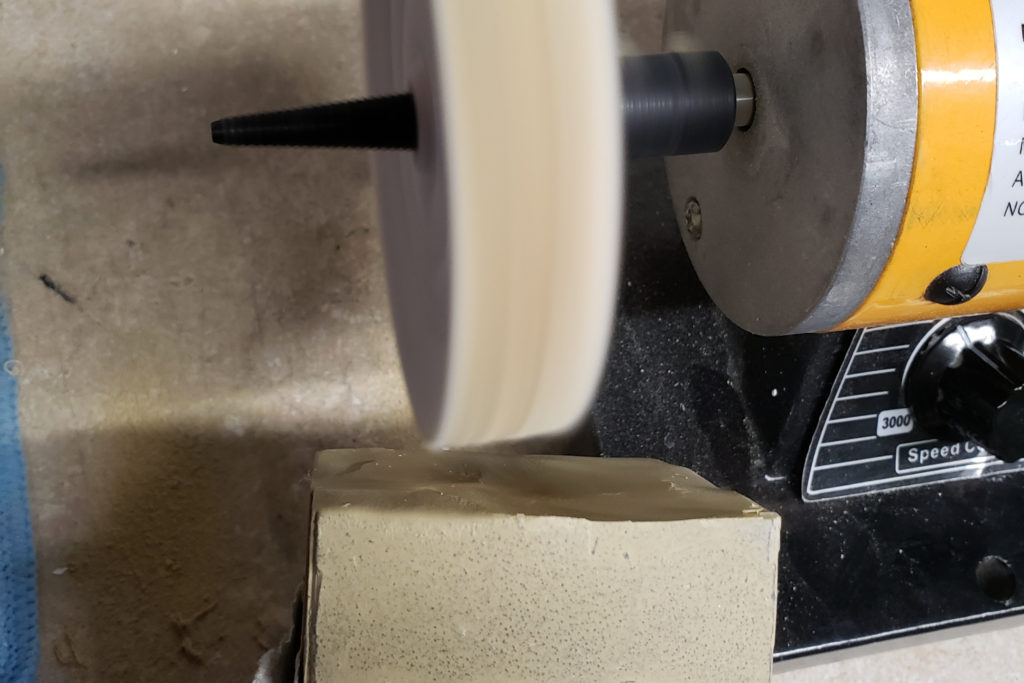
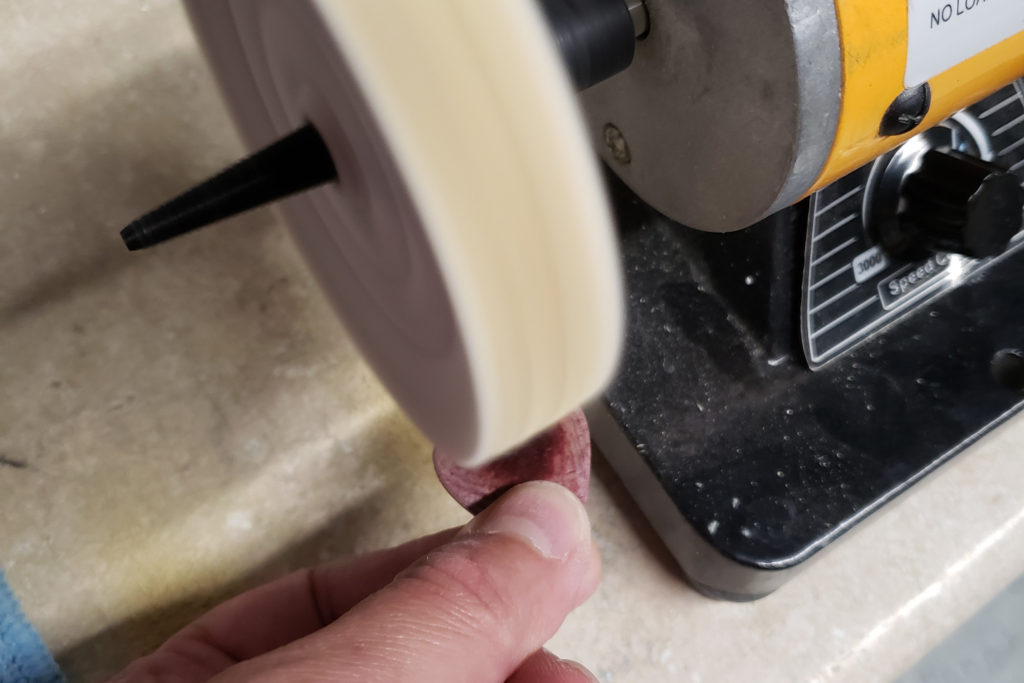
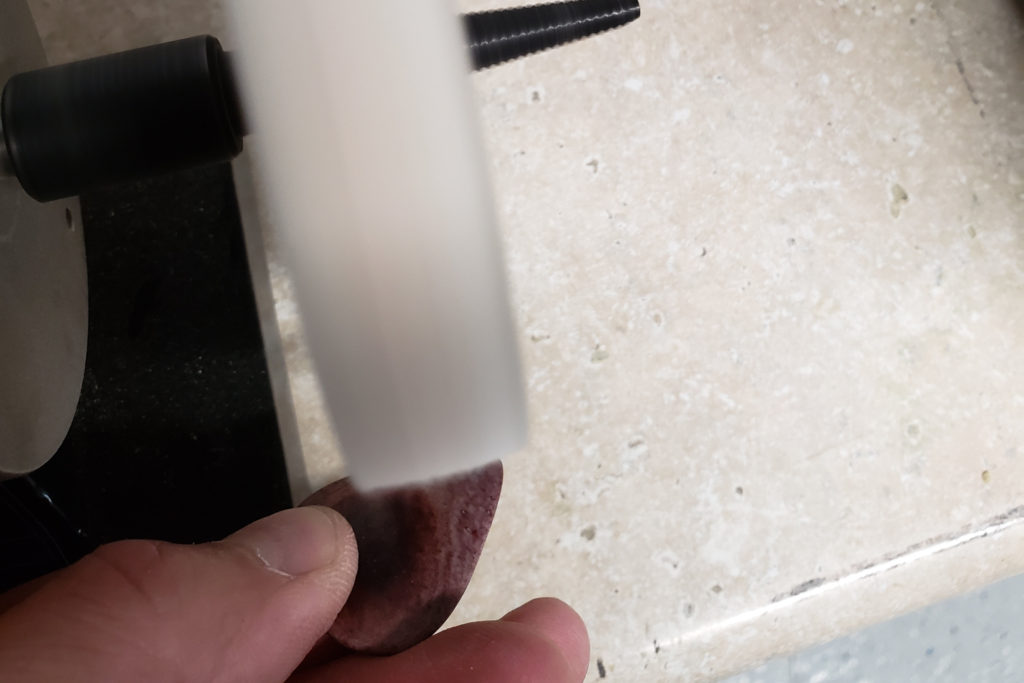
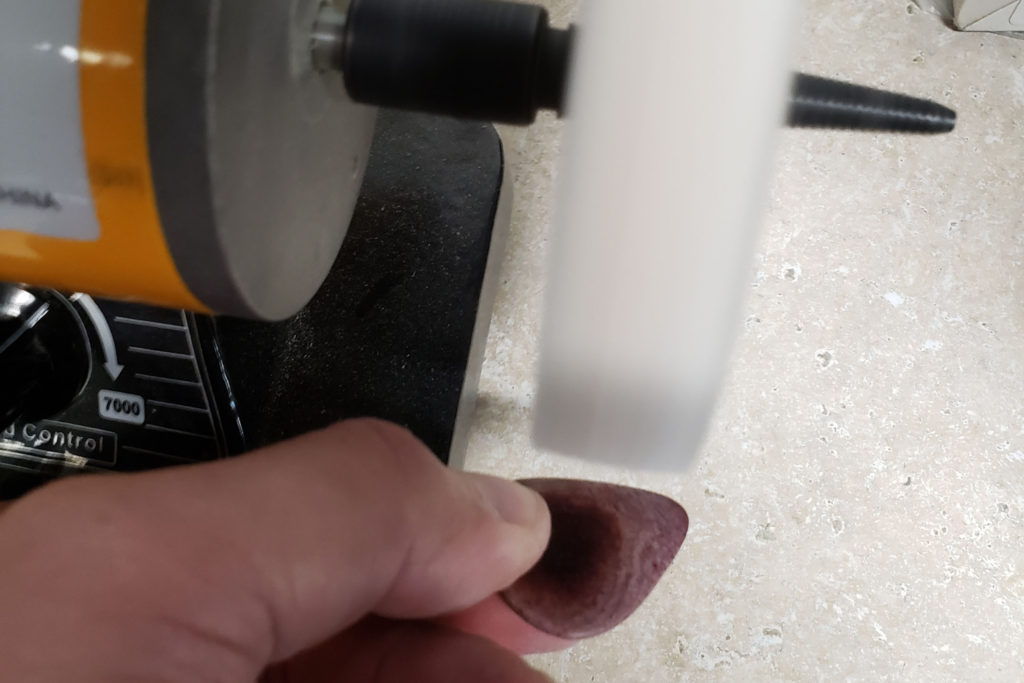
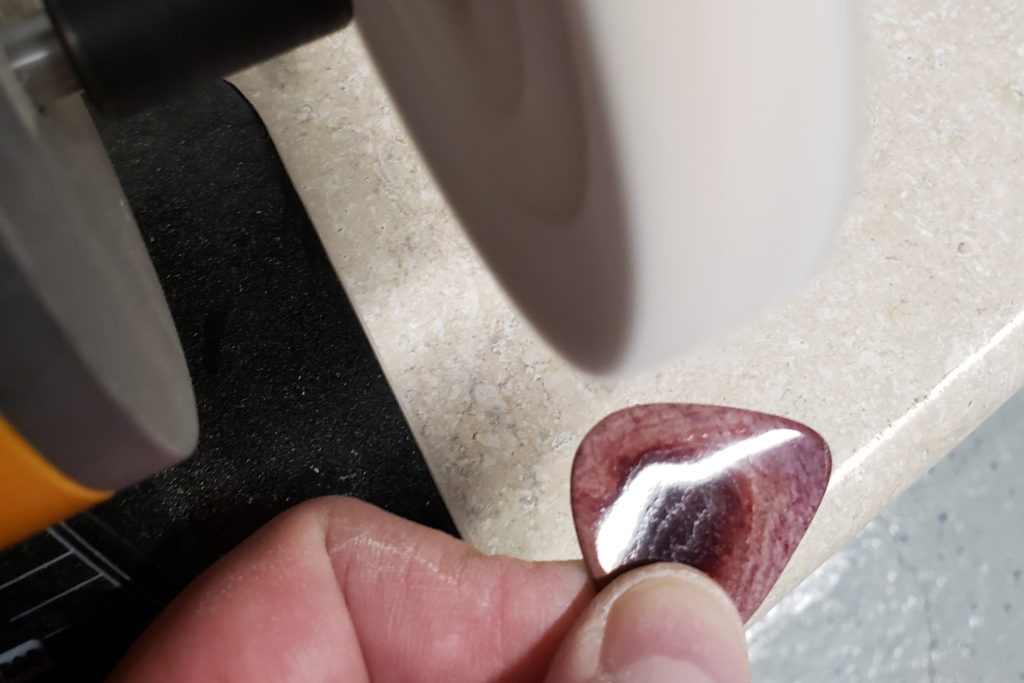

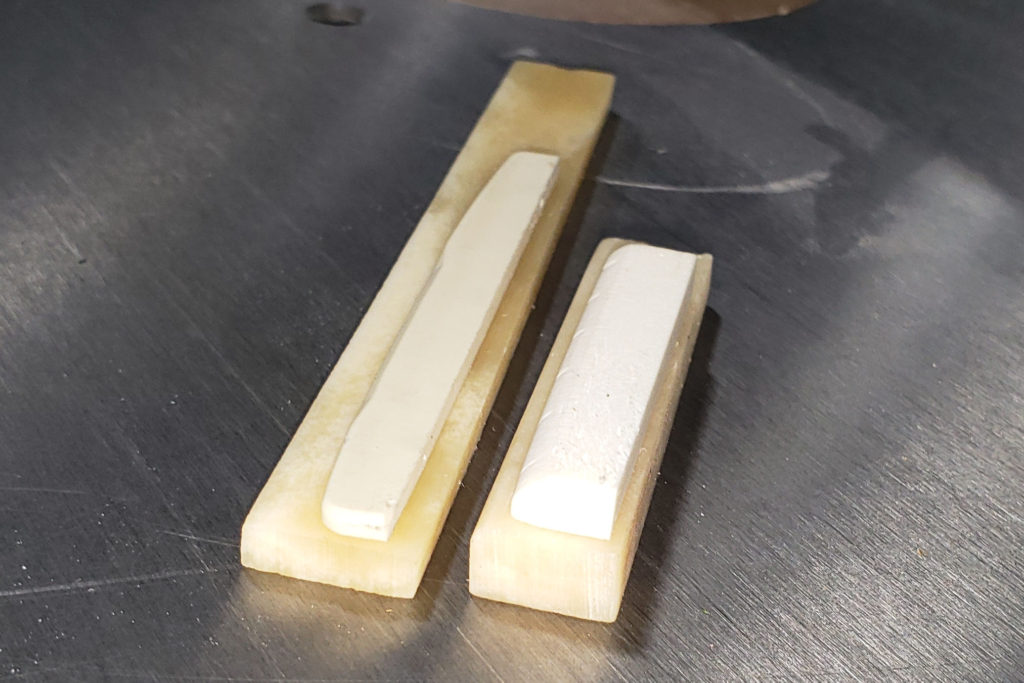
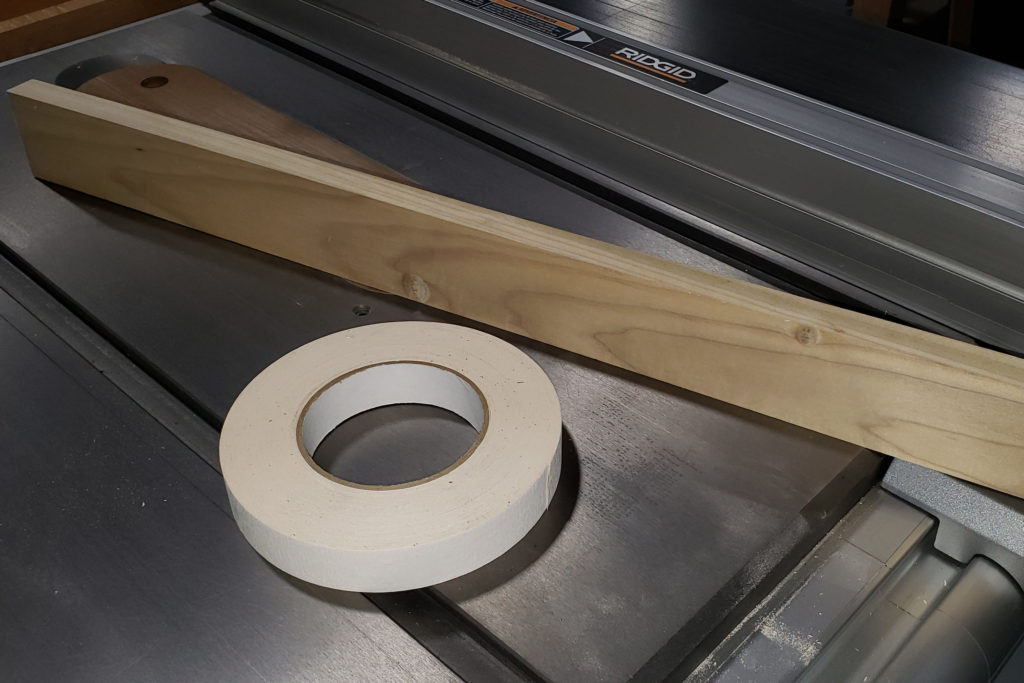
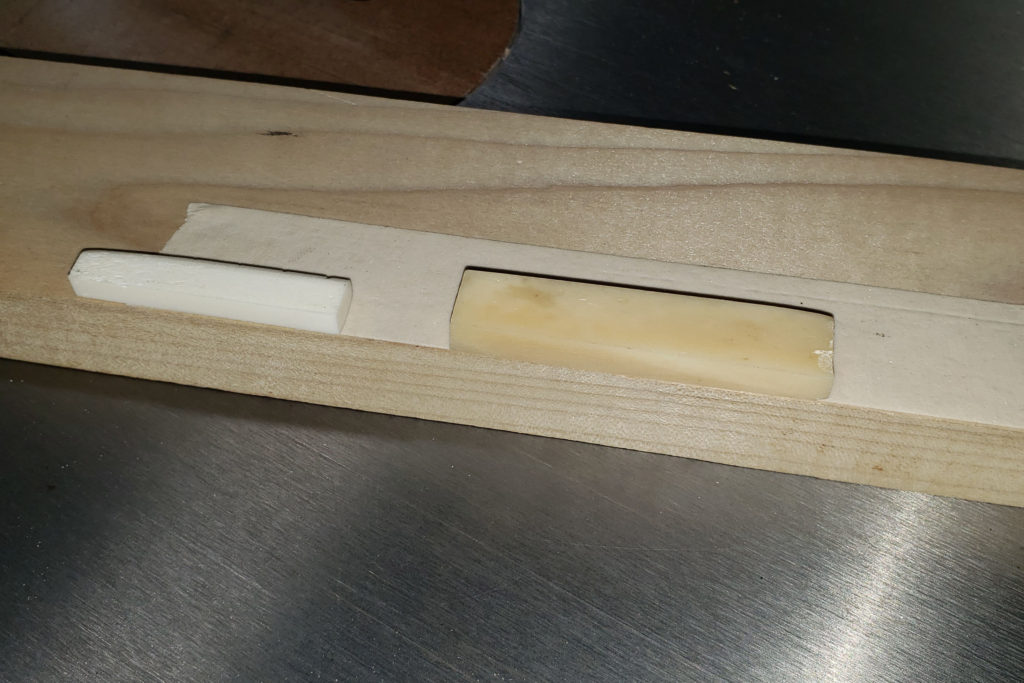
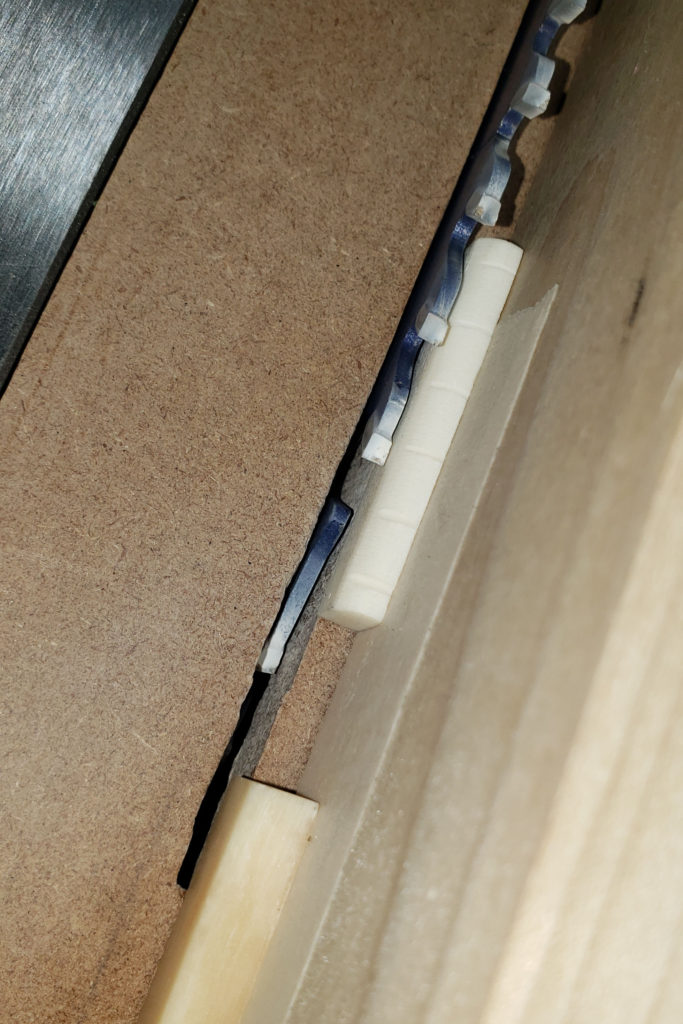
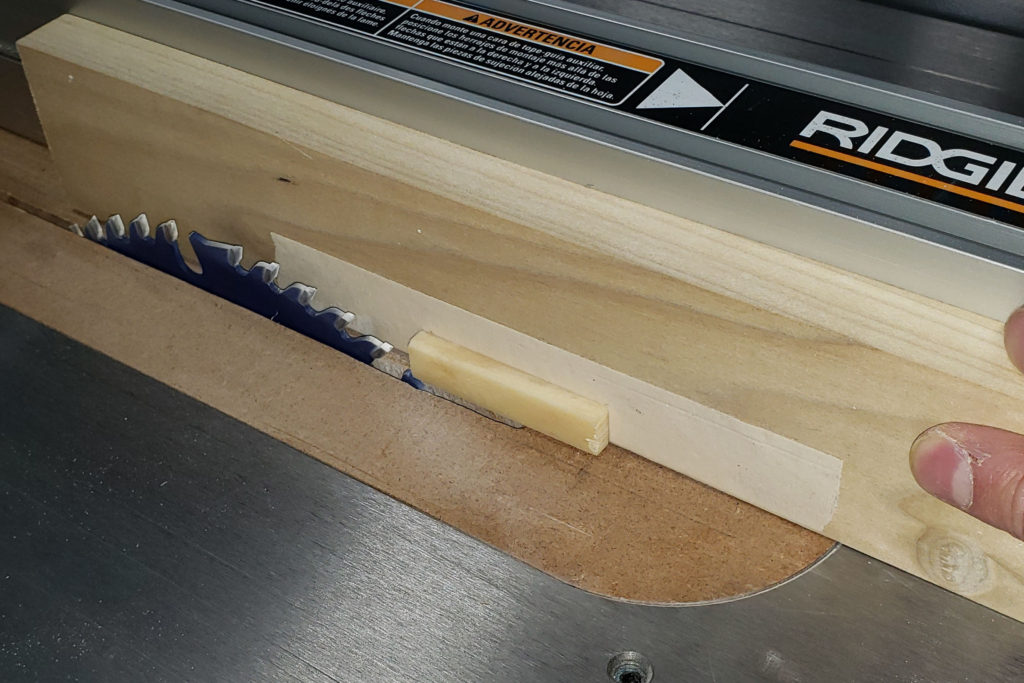
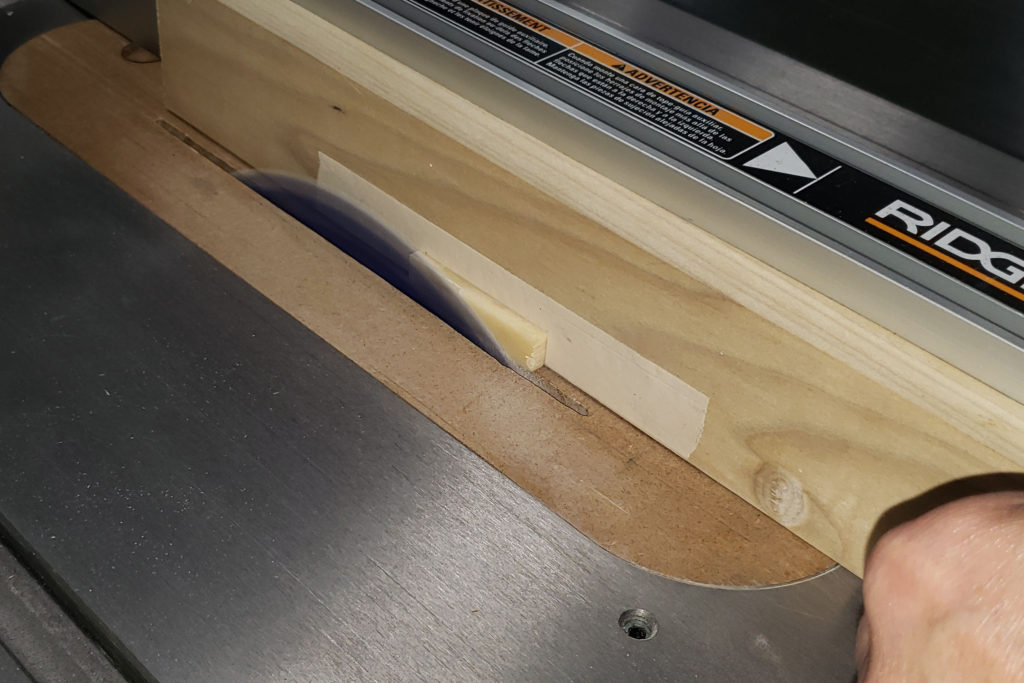
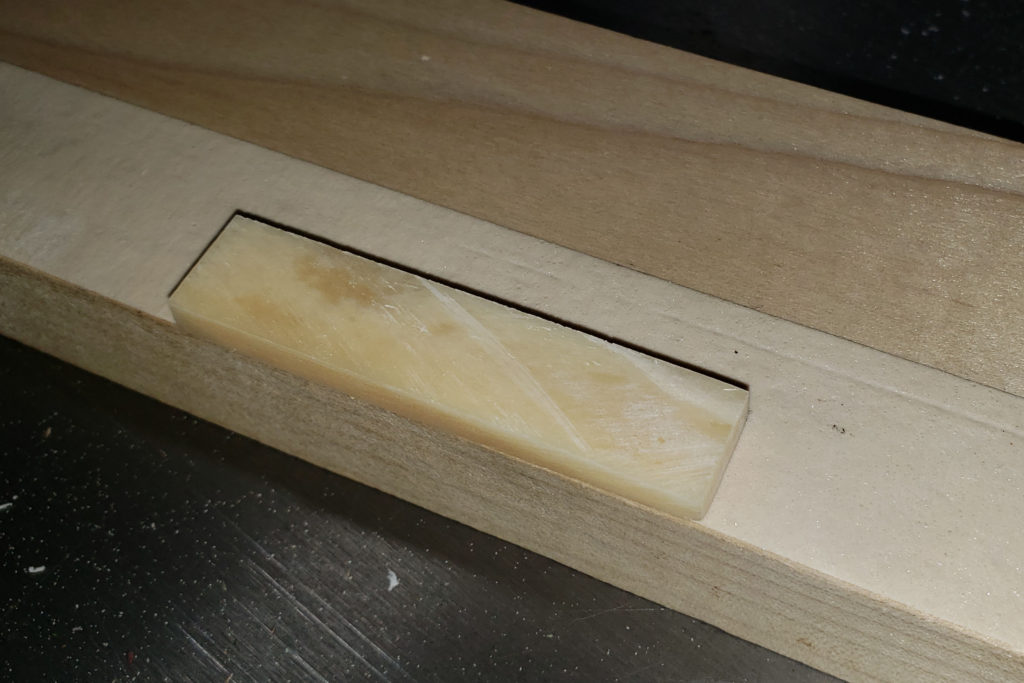
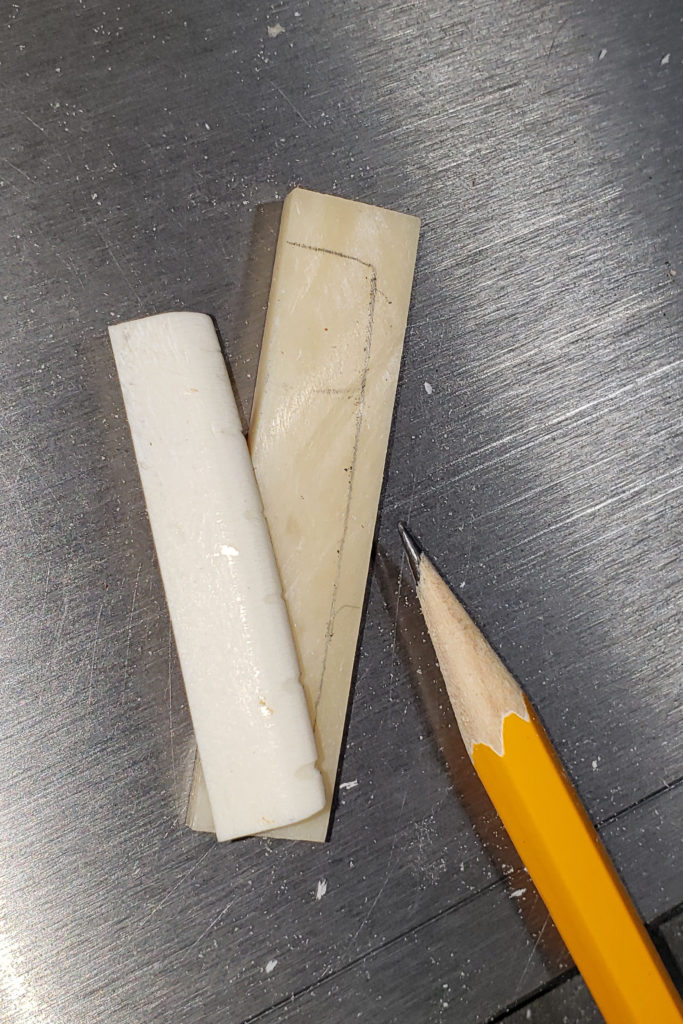
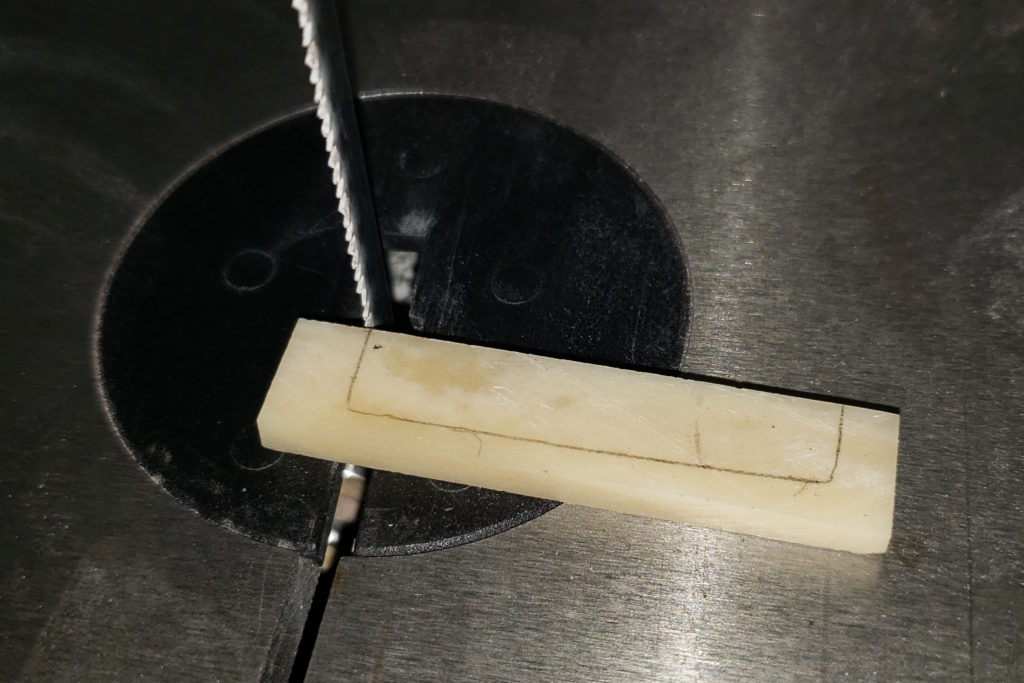
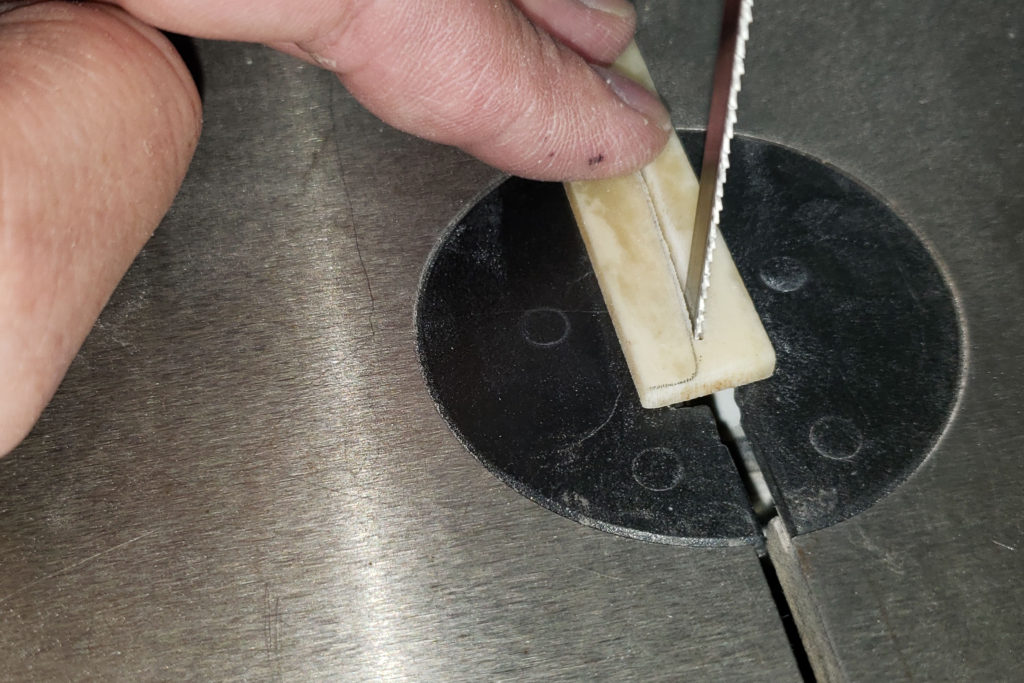
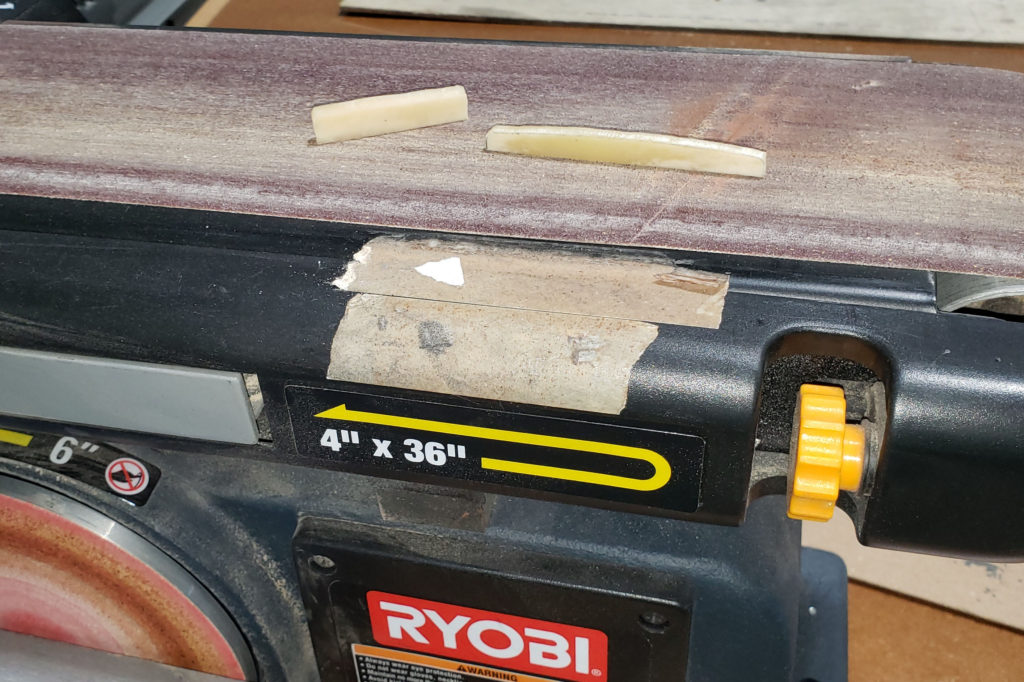
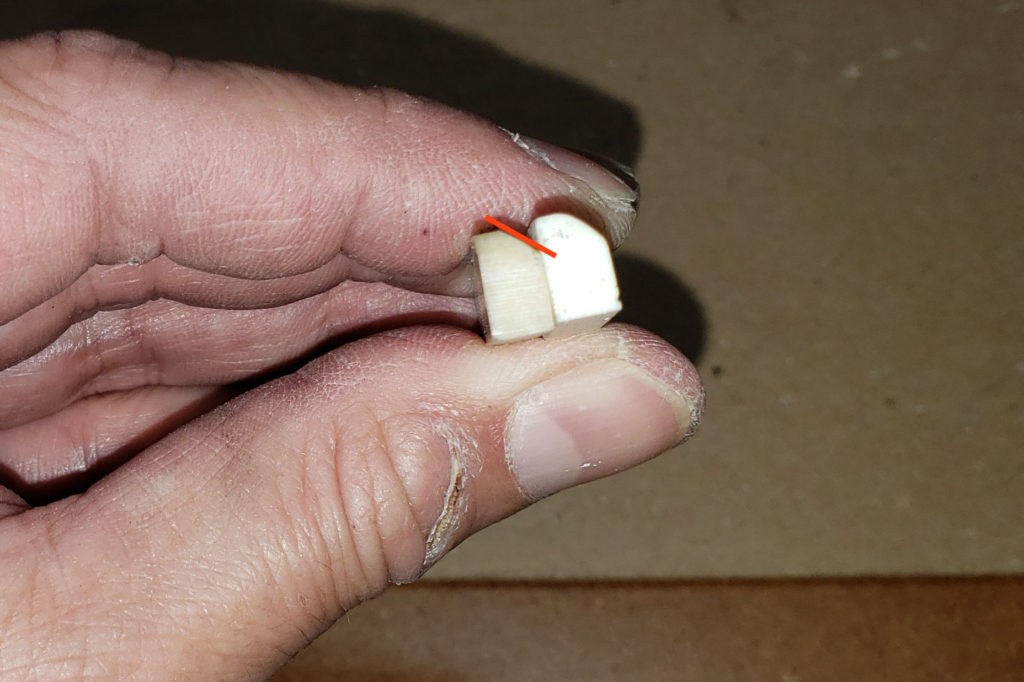
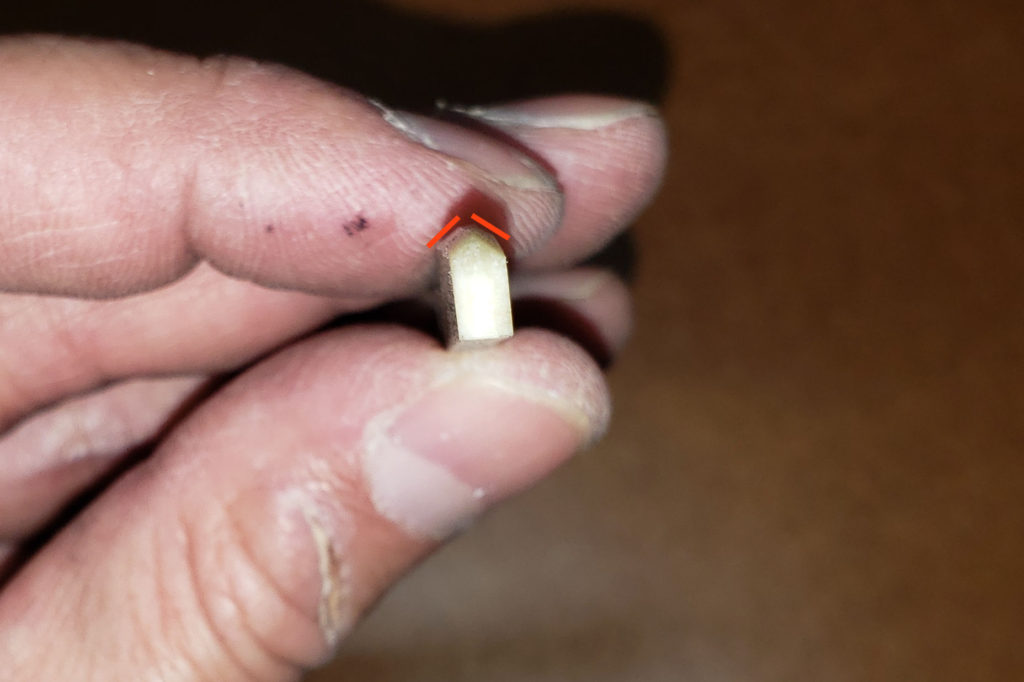
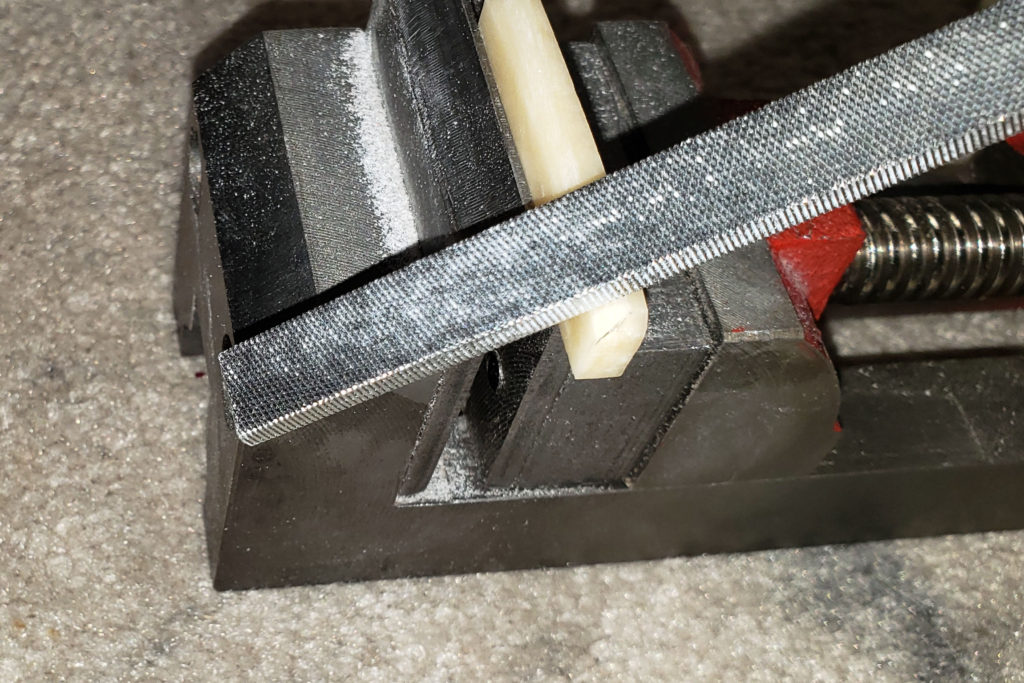
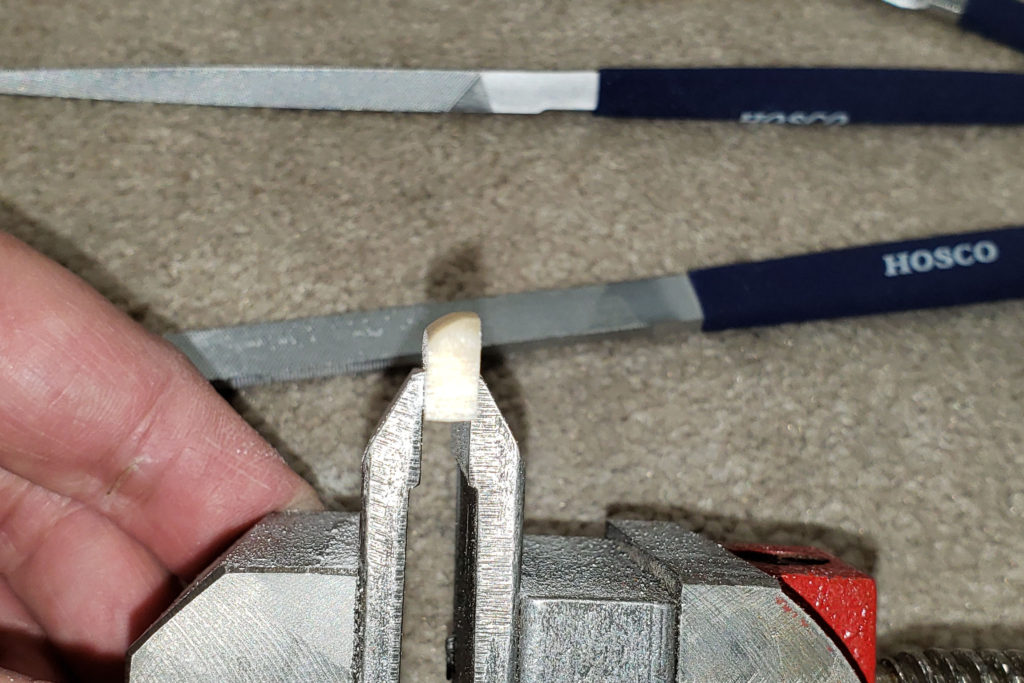
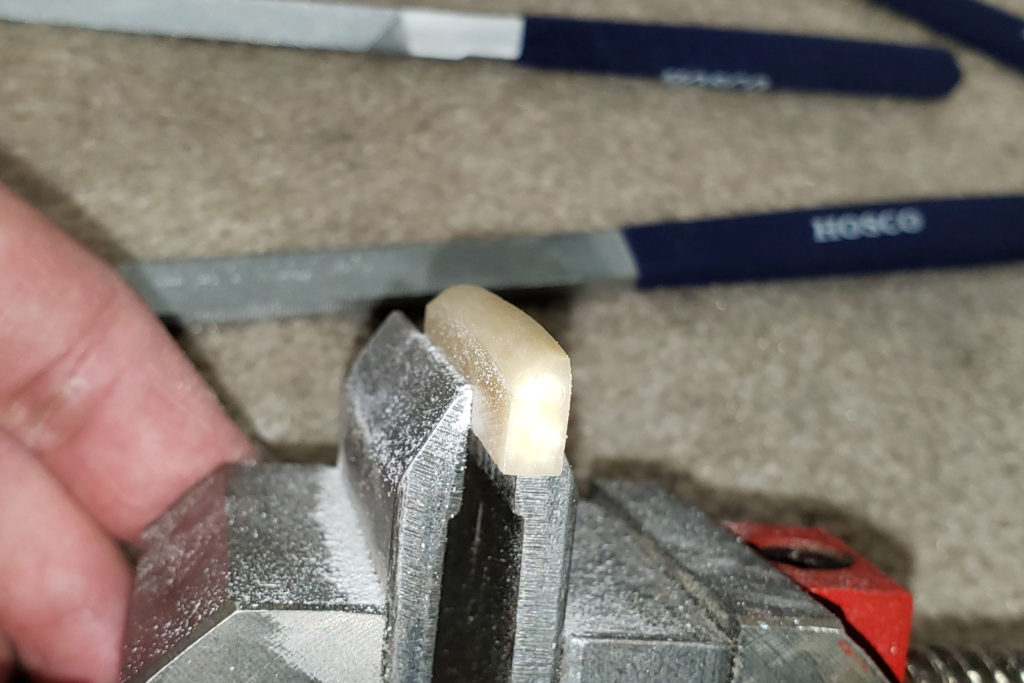
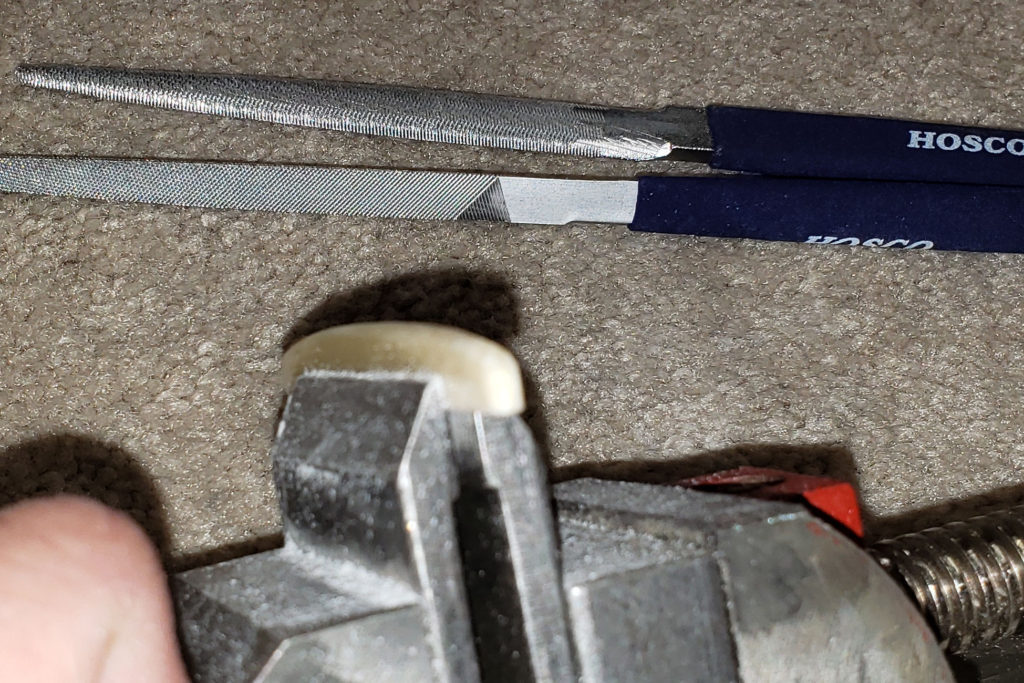
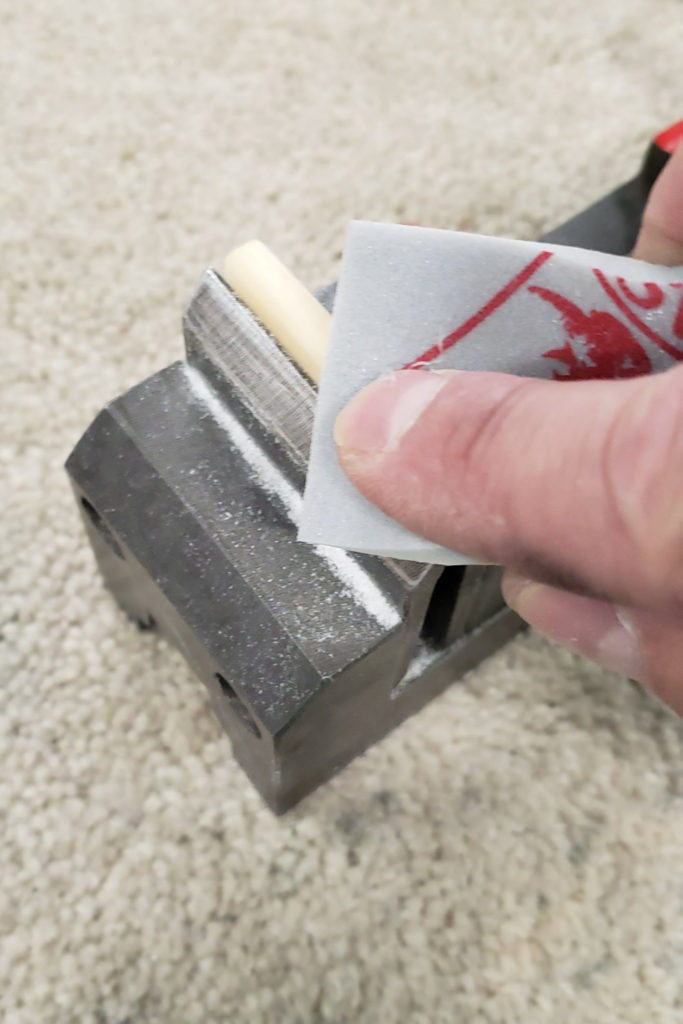
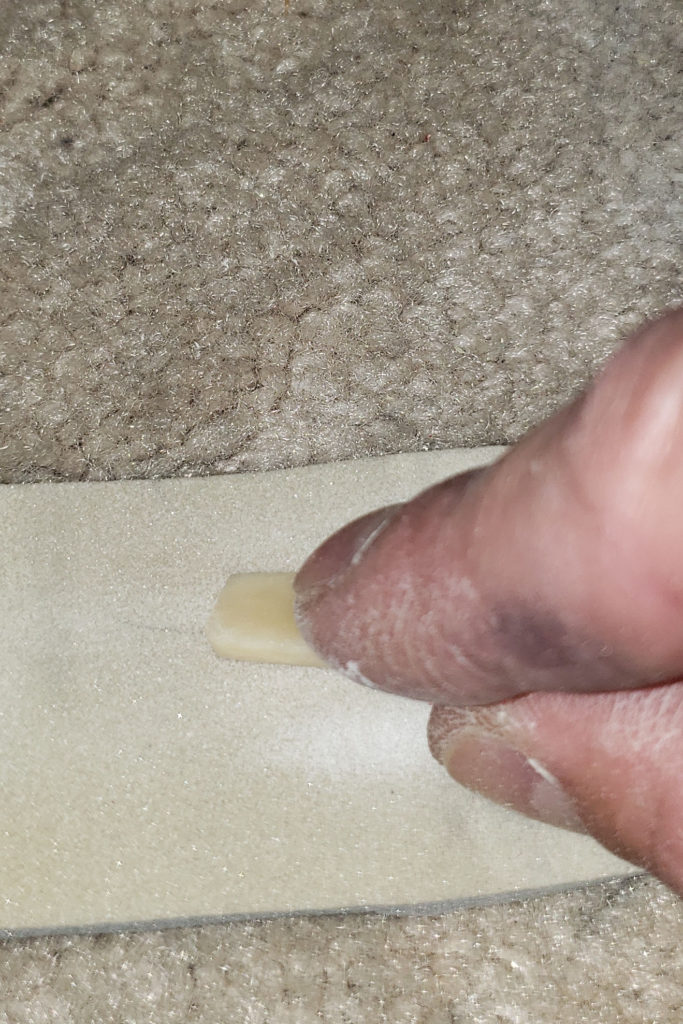
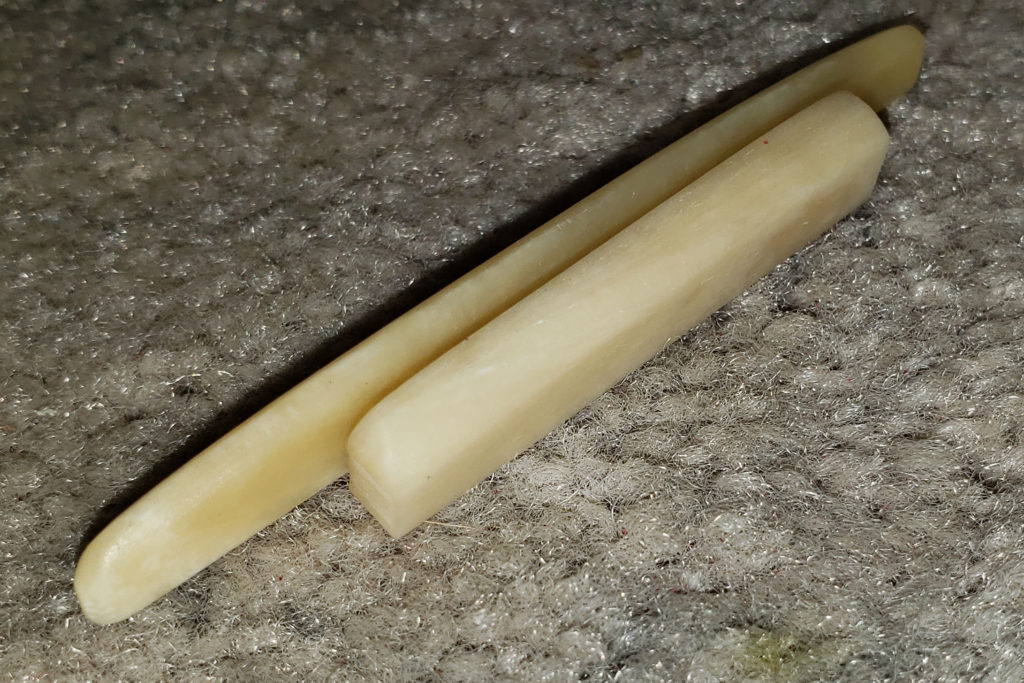
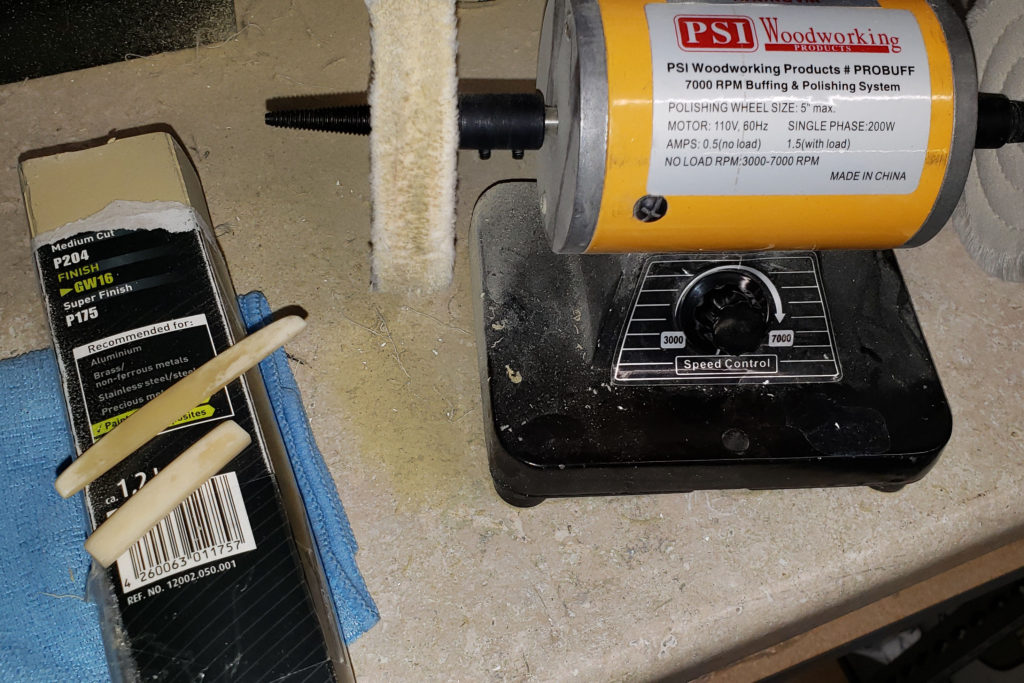
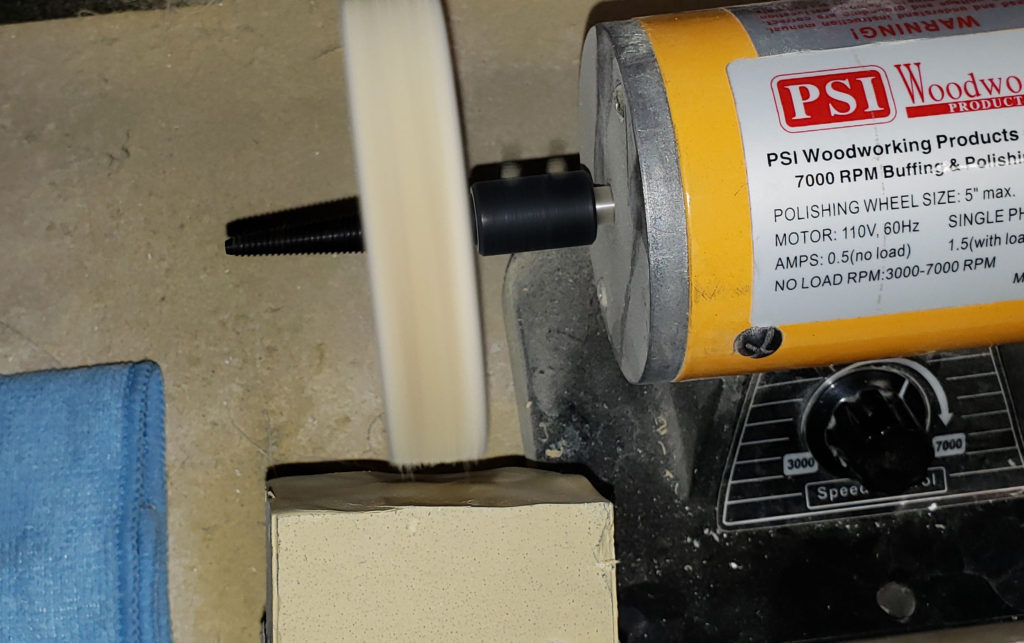
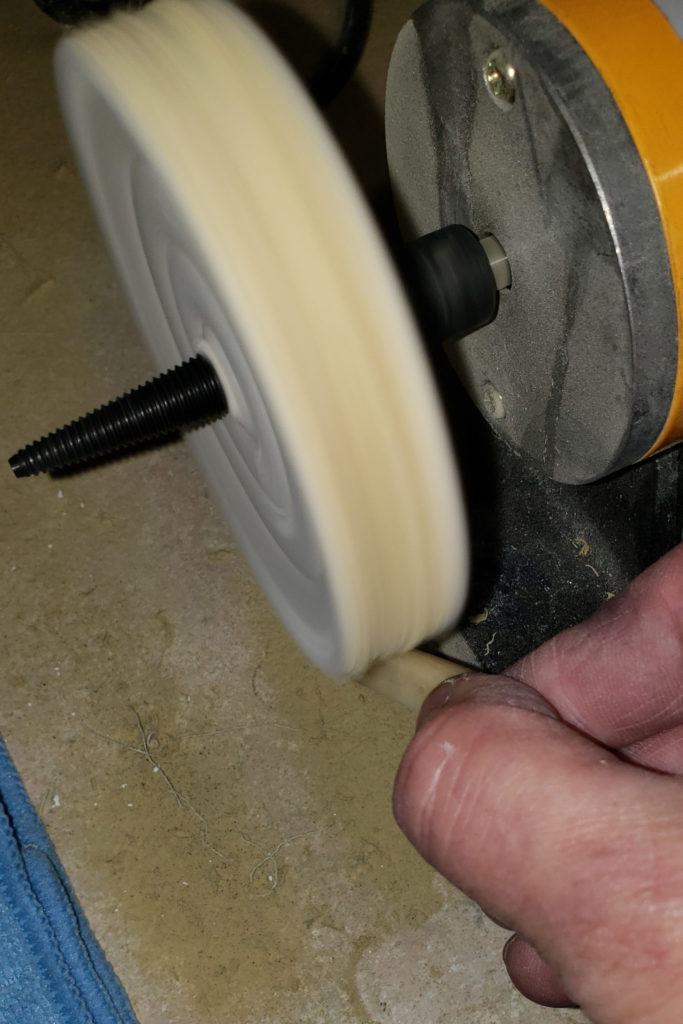
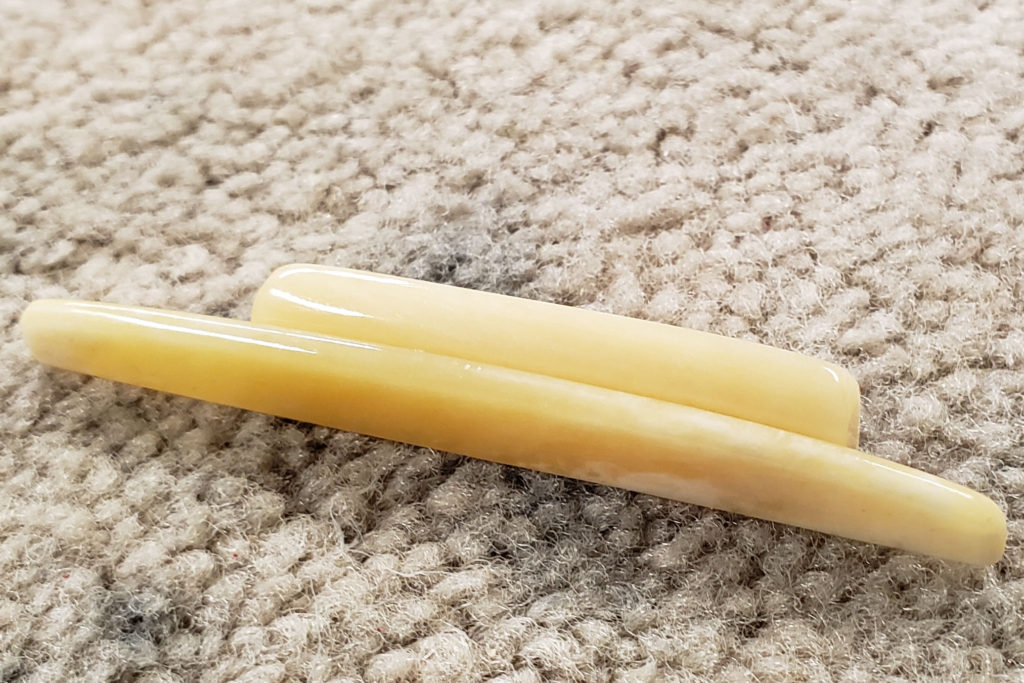
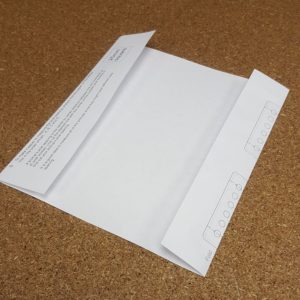
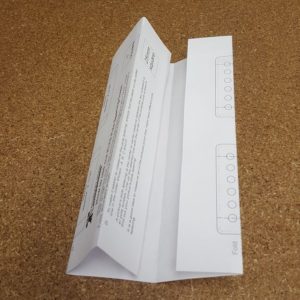
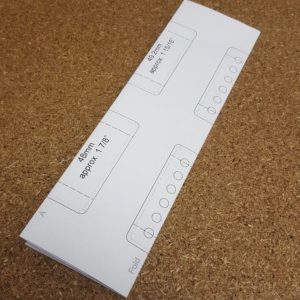
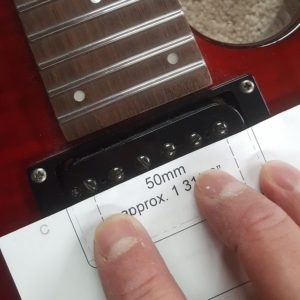
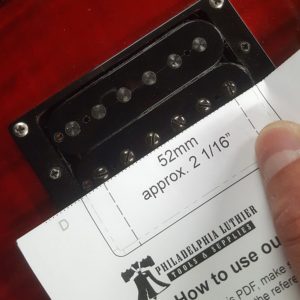
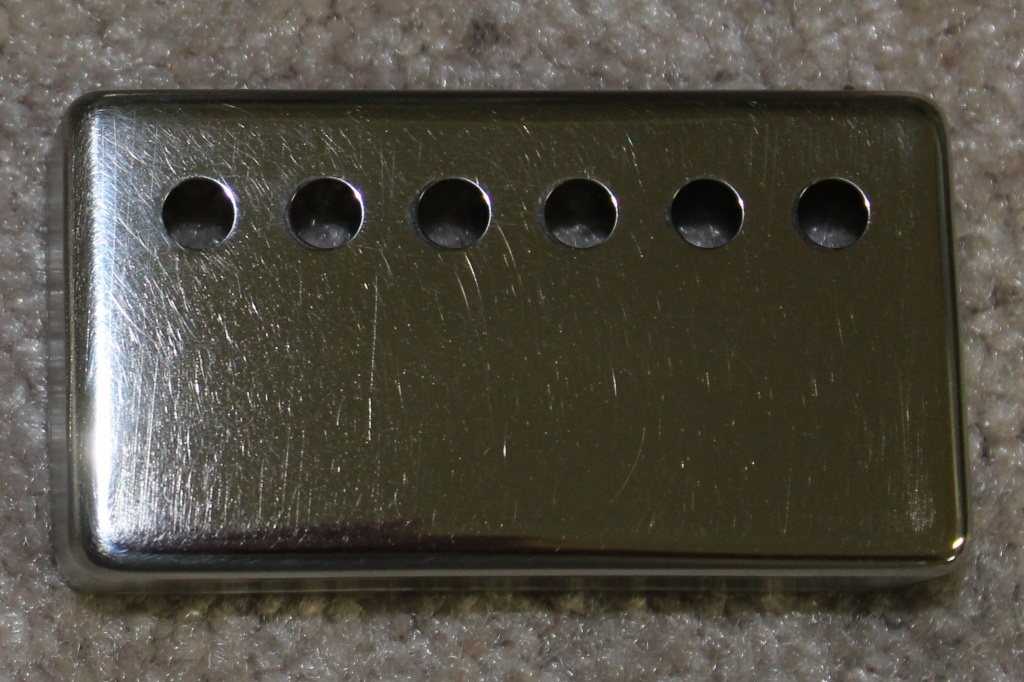
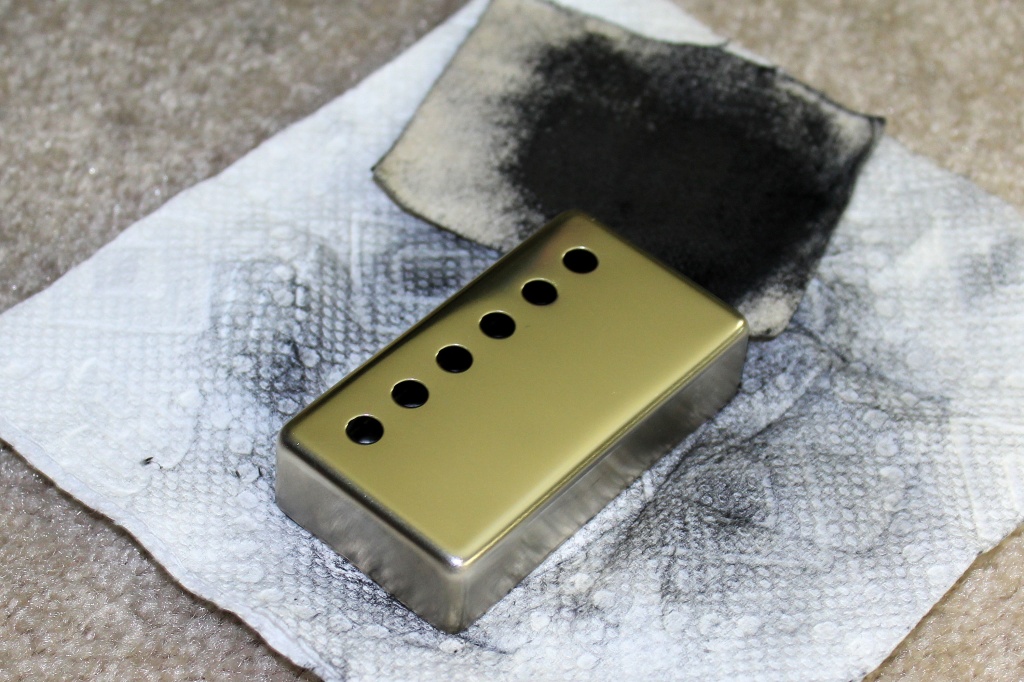
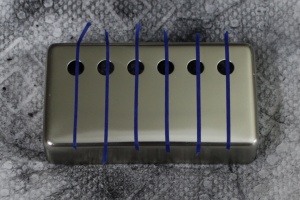
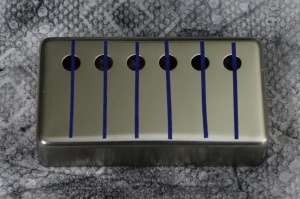
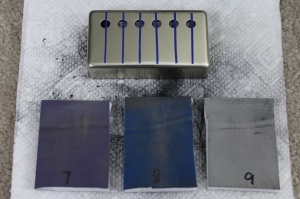
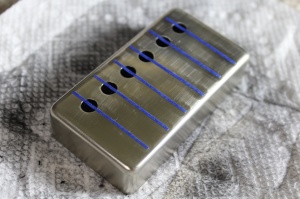
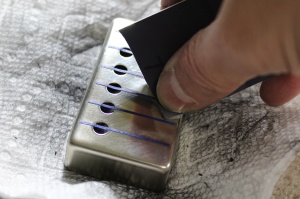
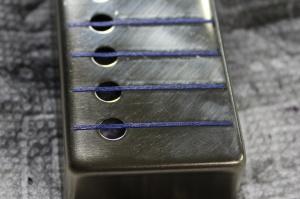
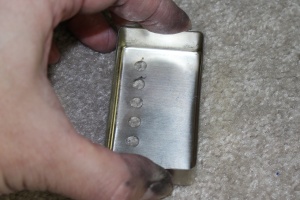
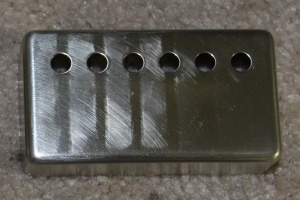
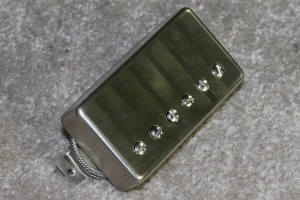







Recent Comments